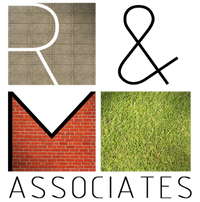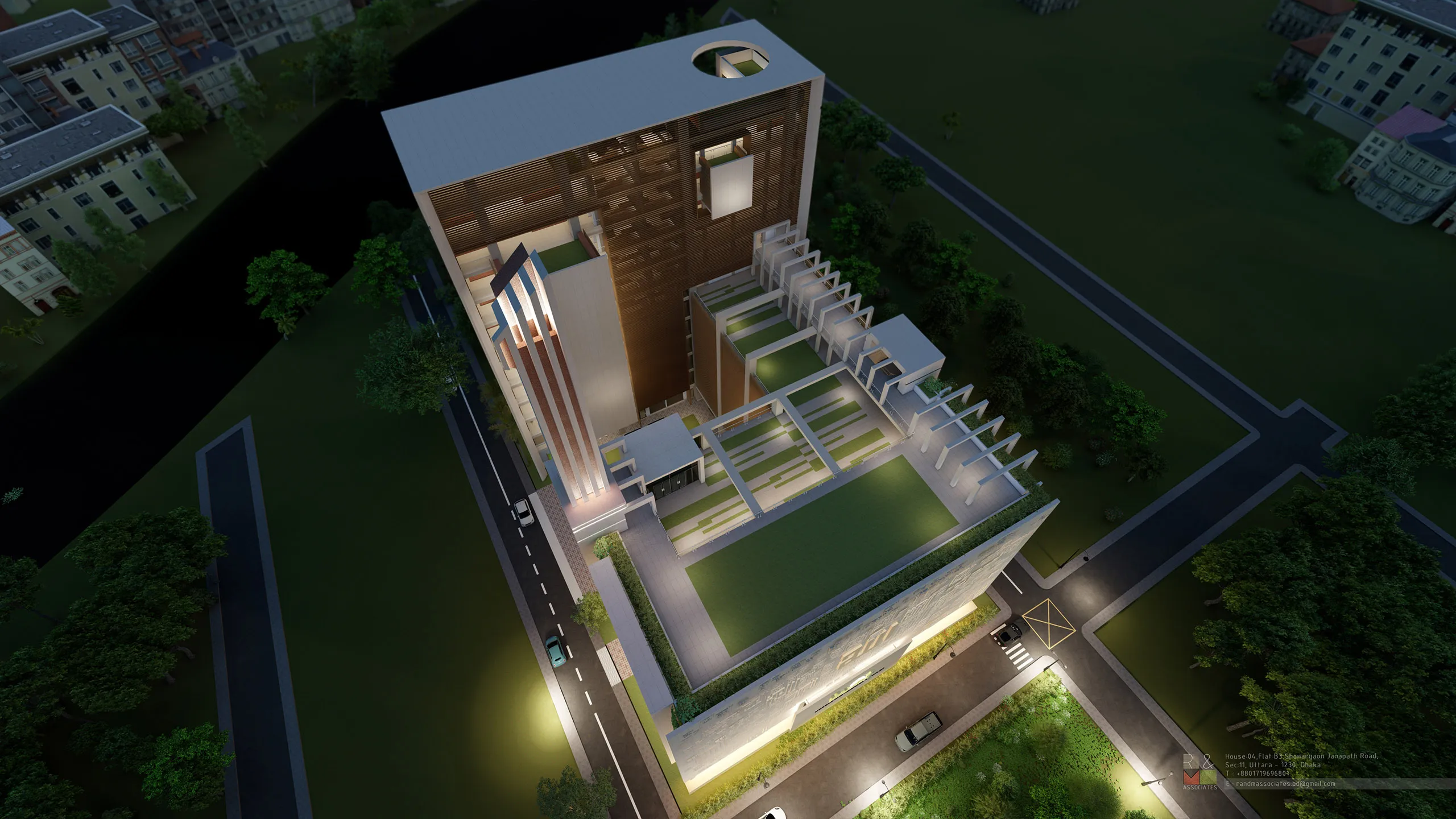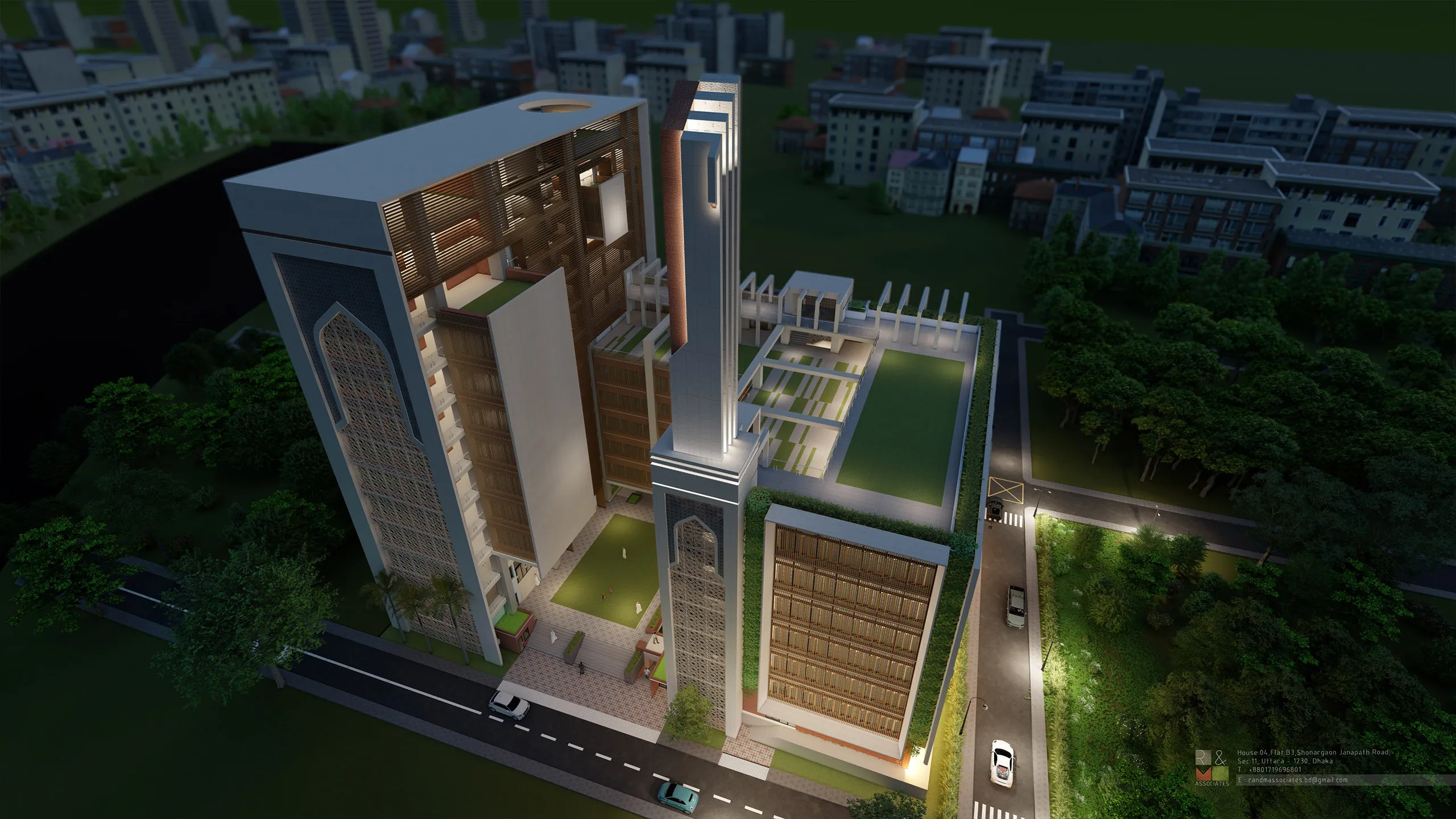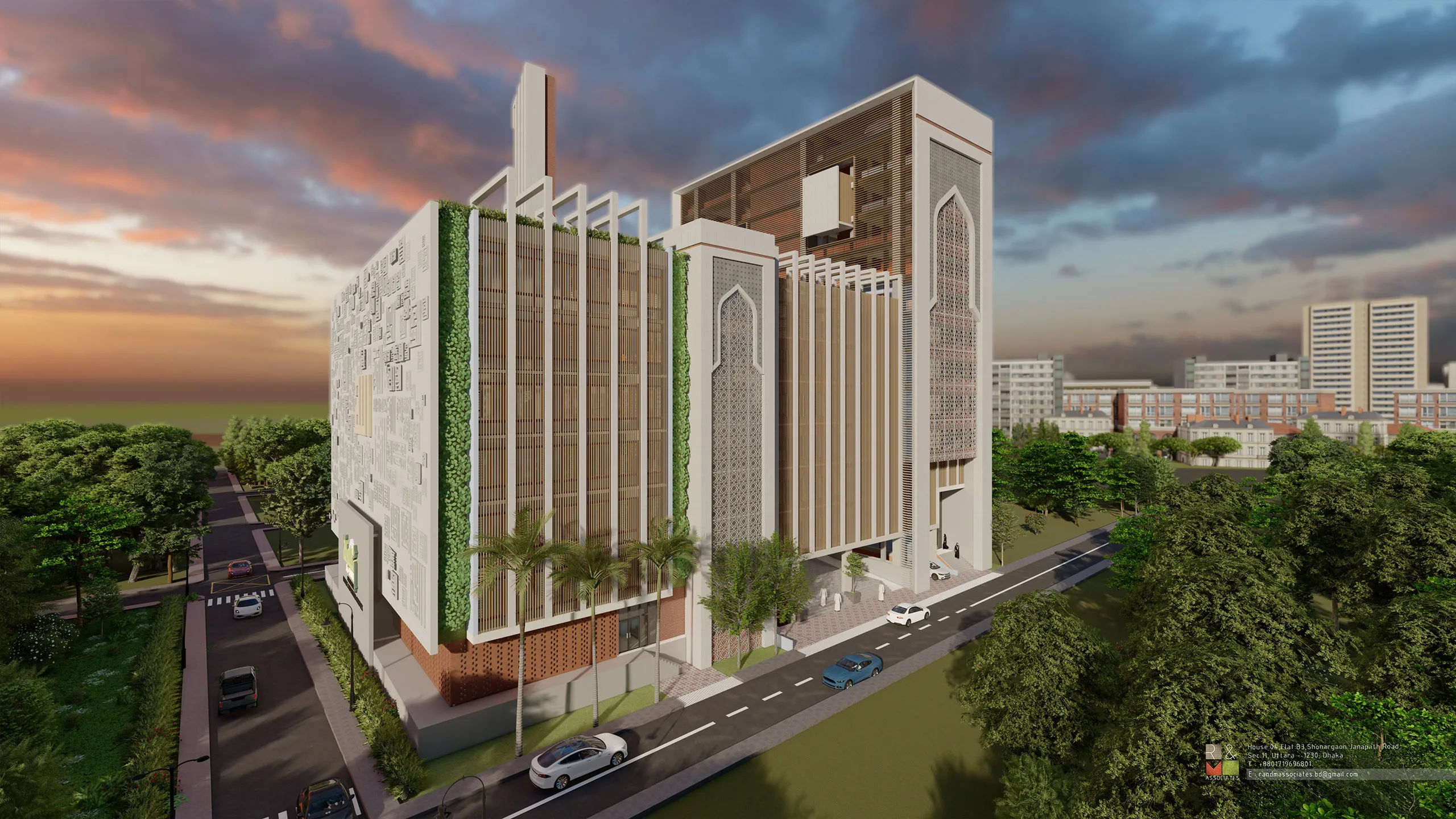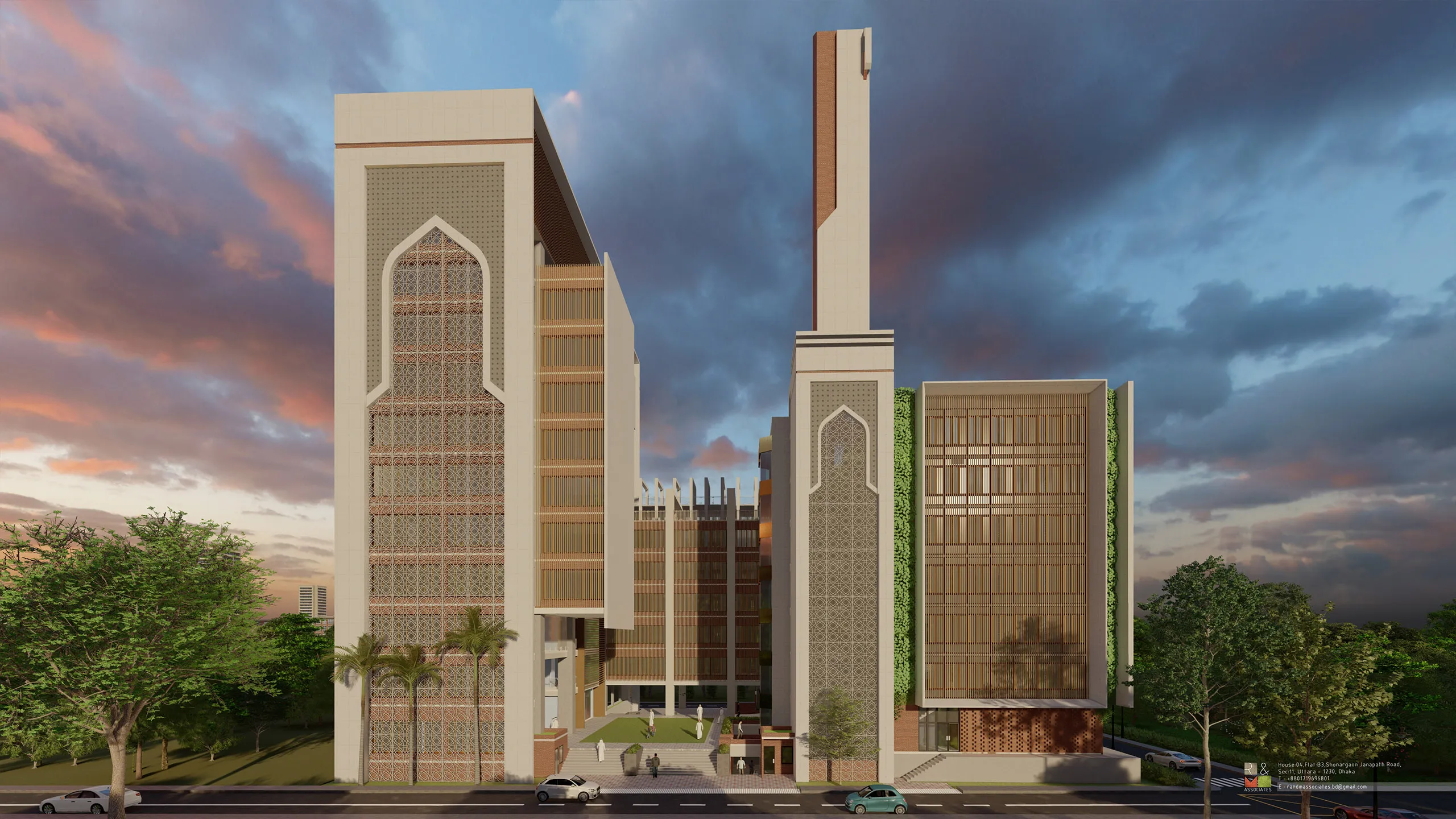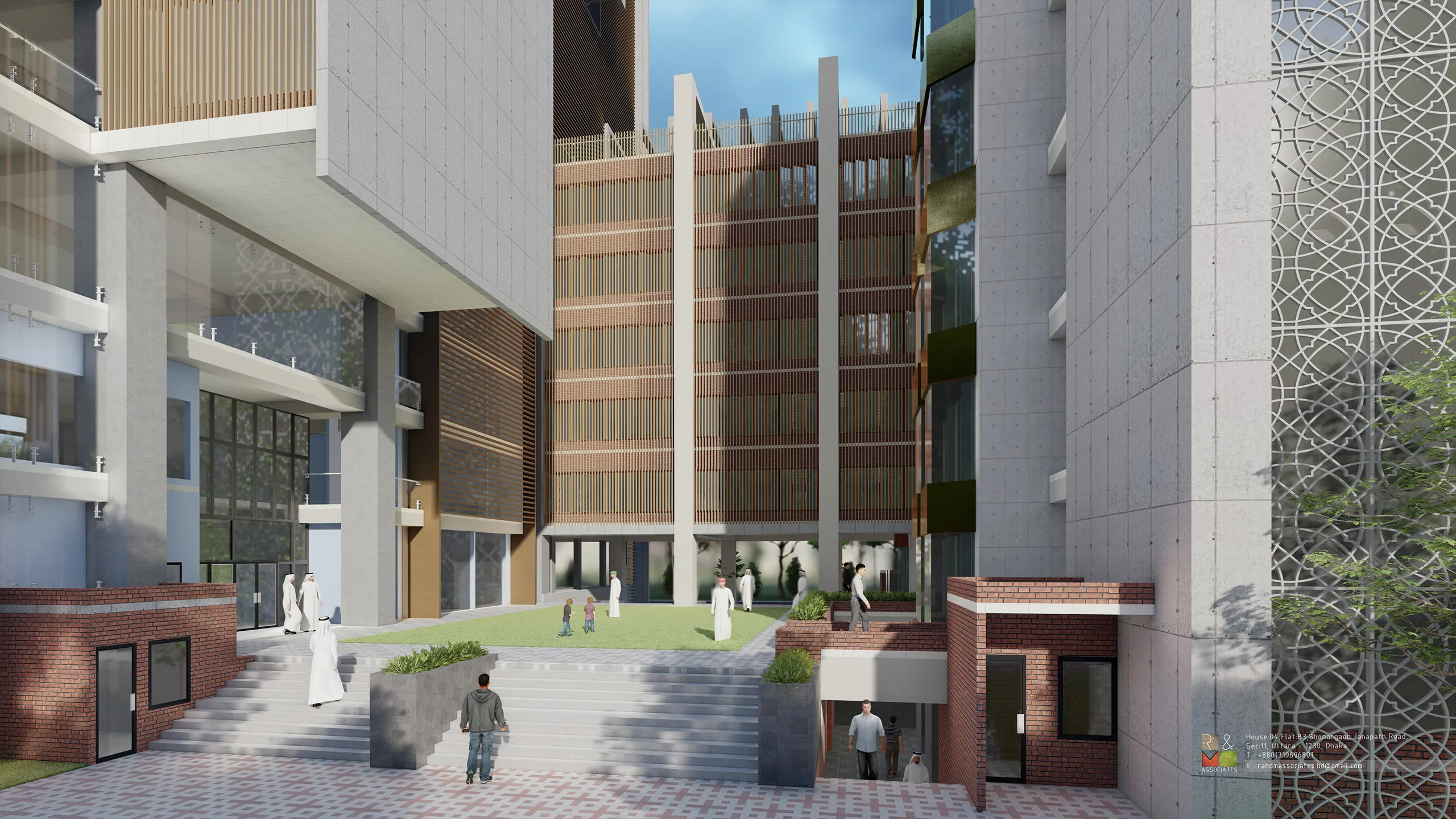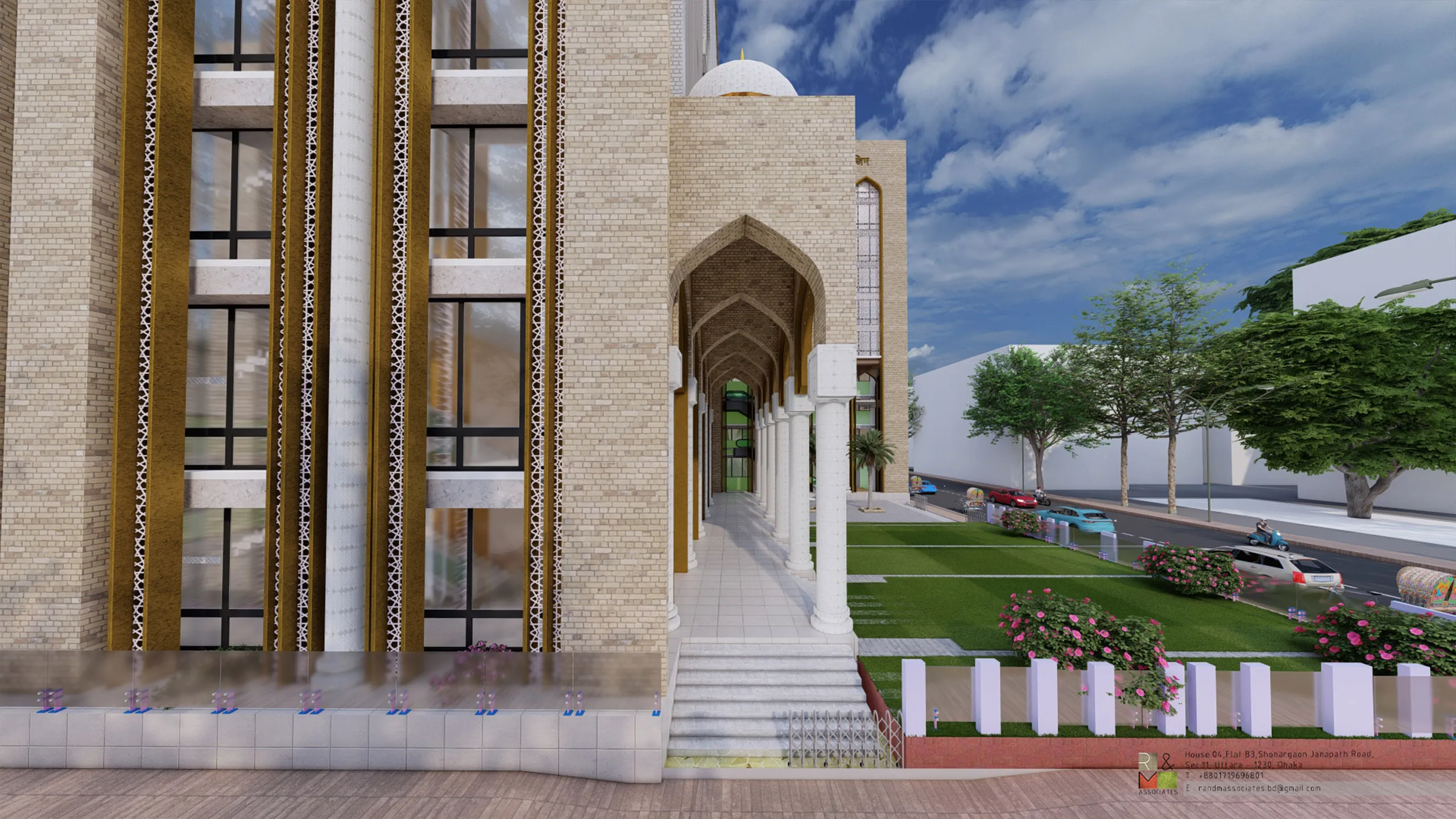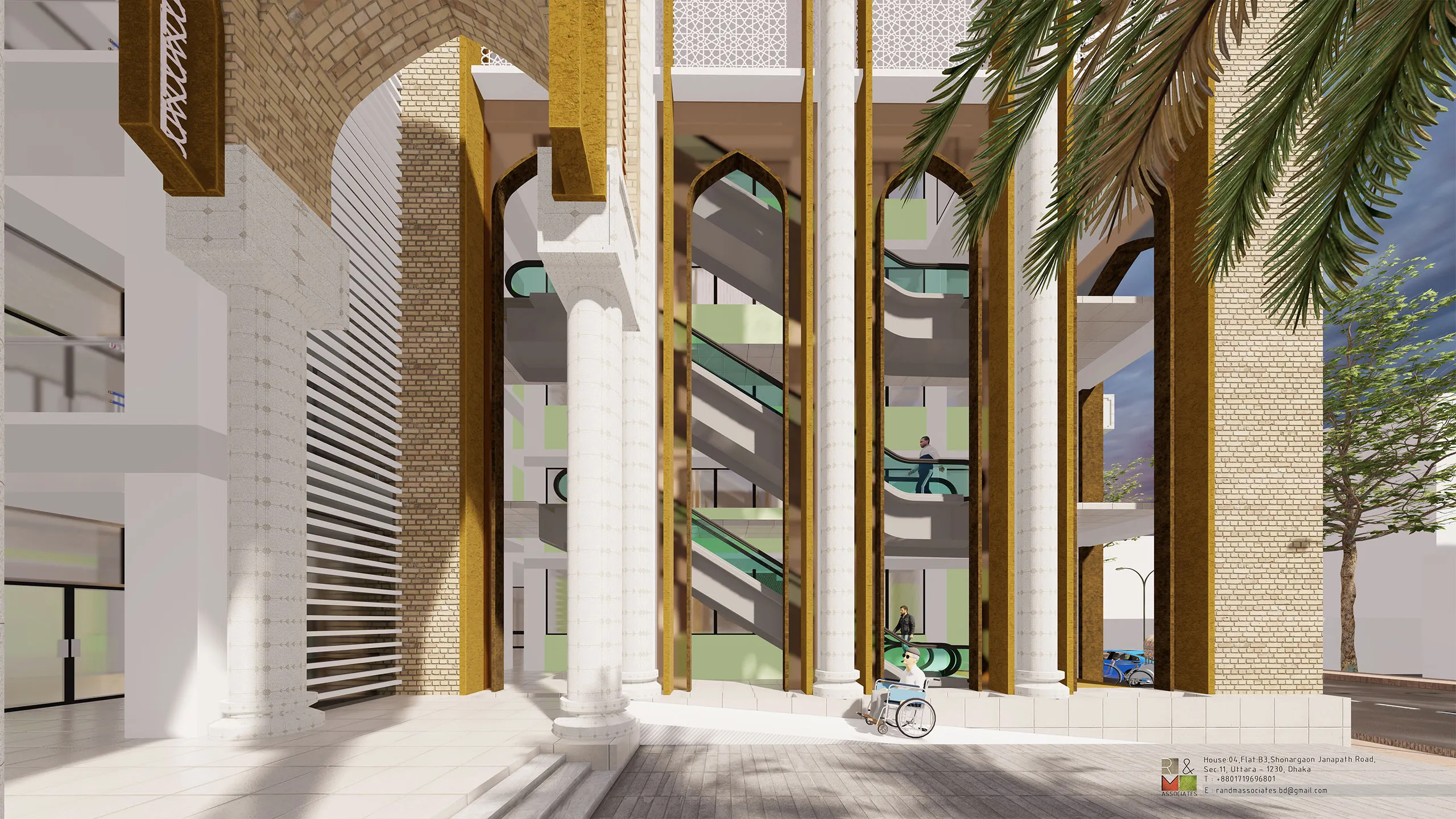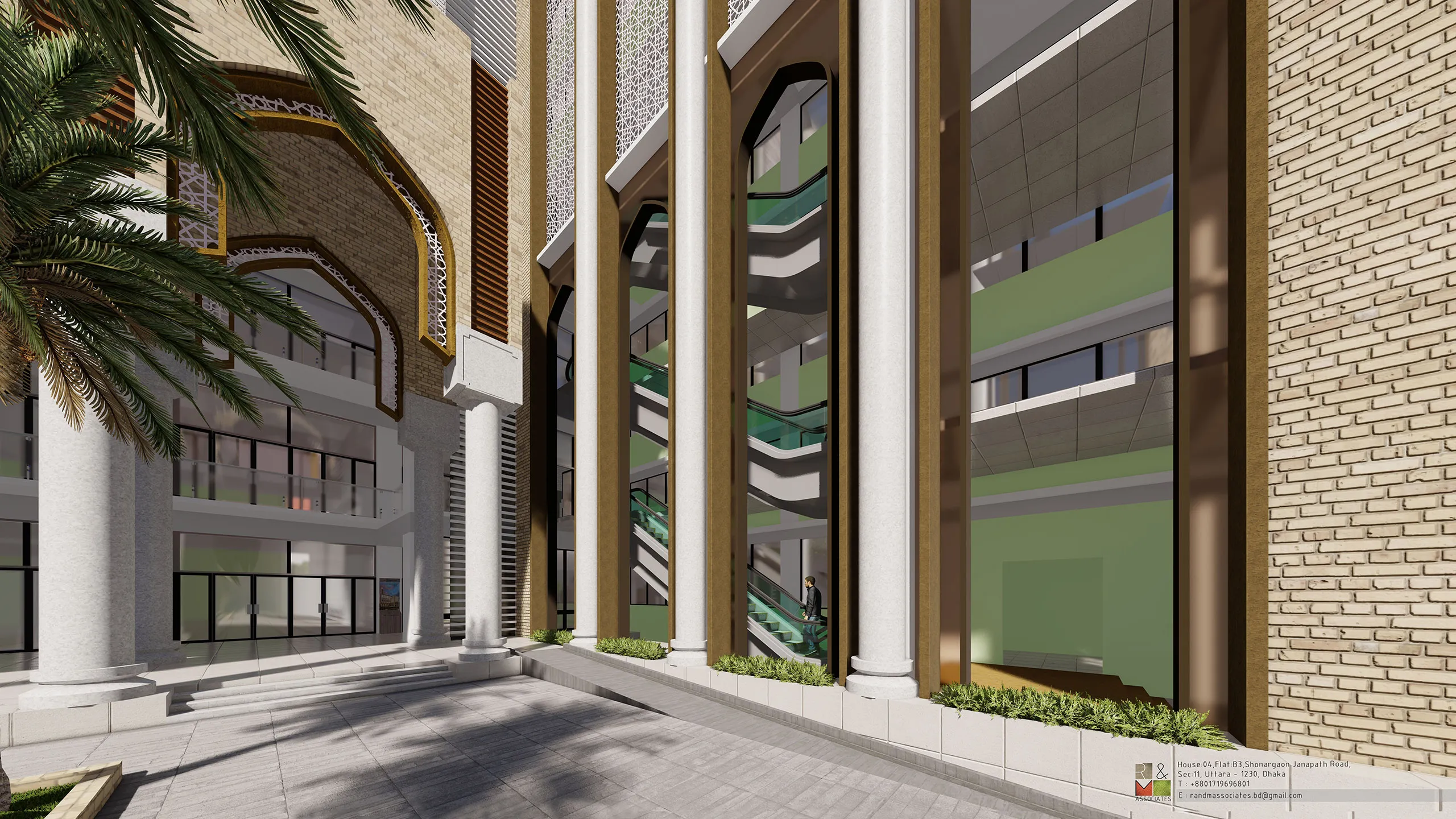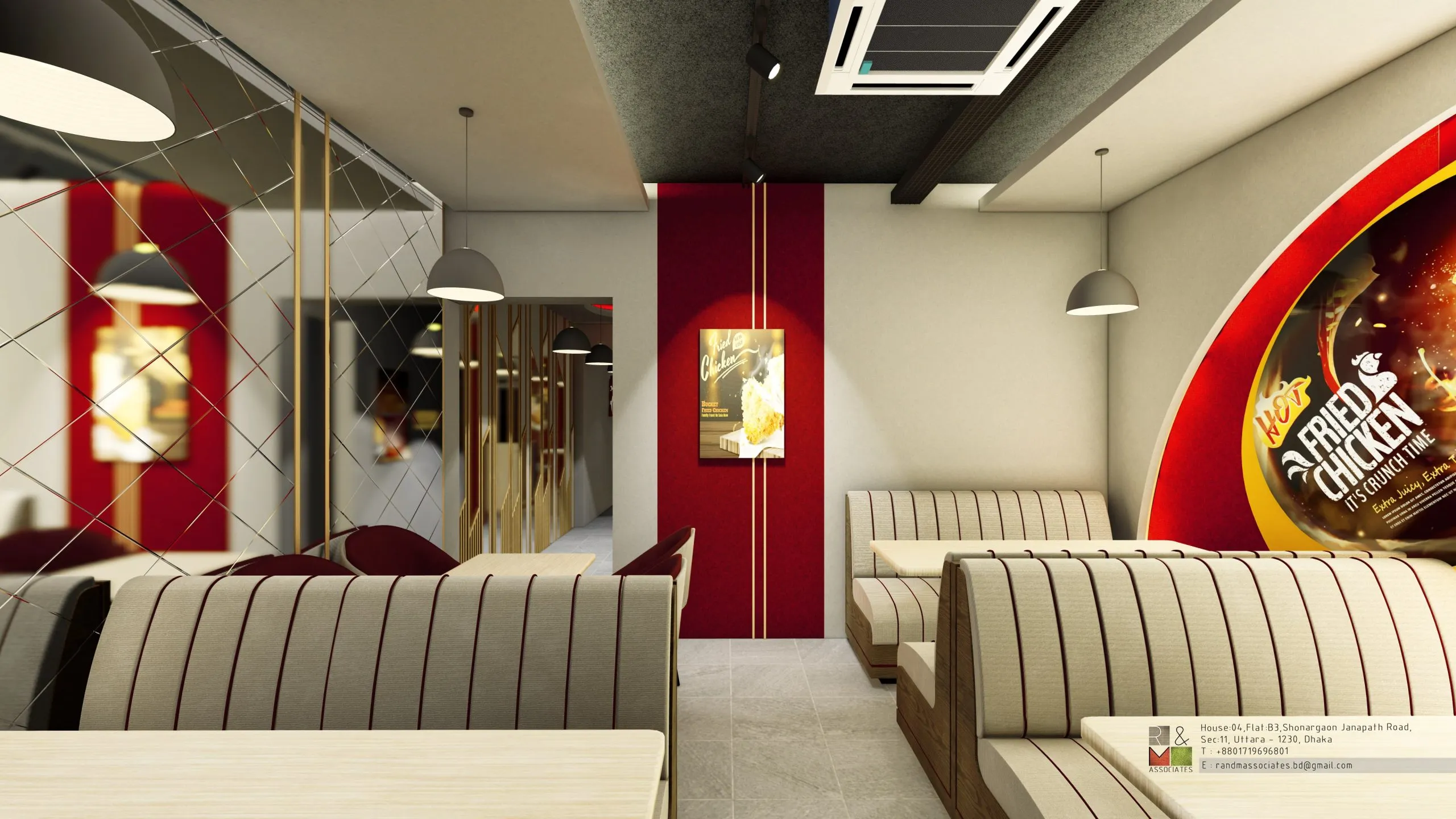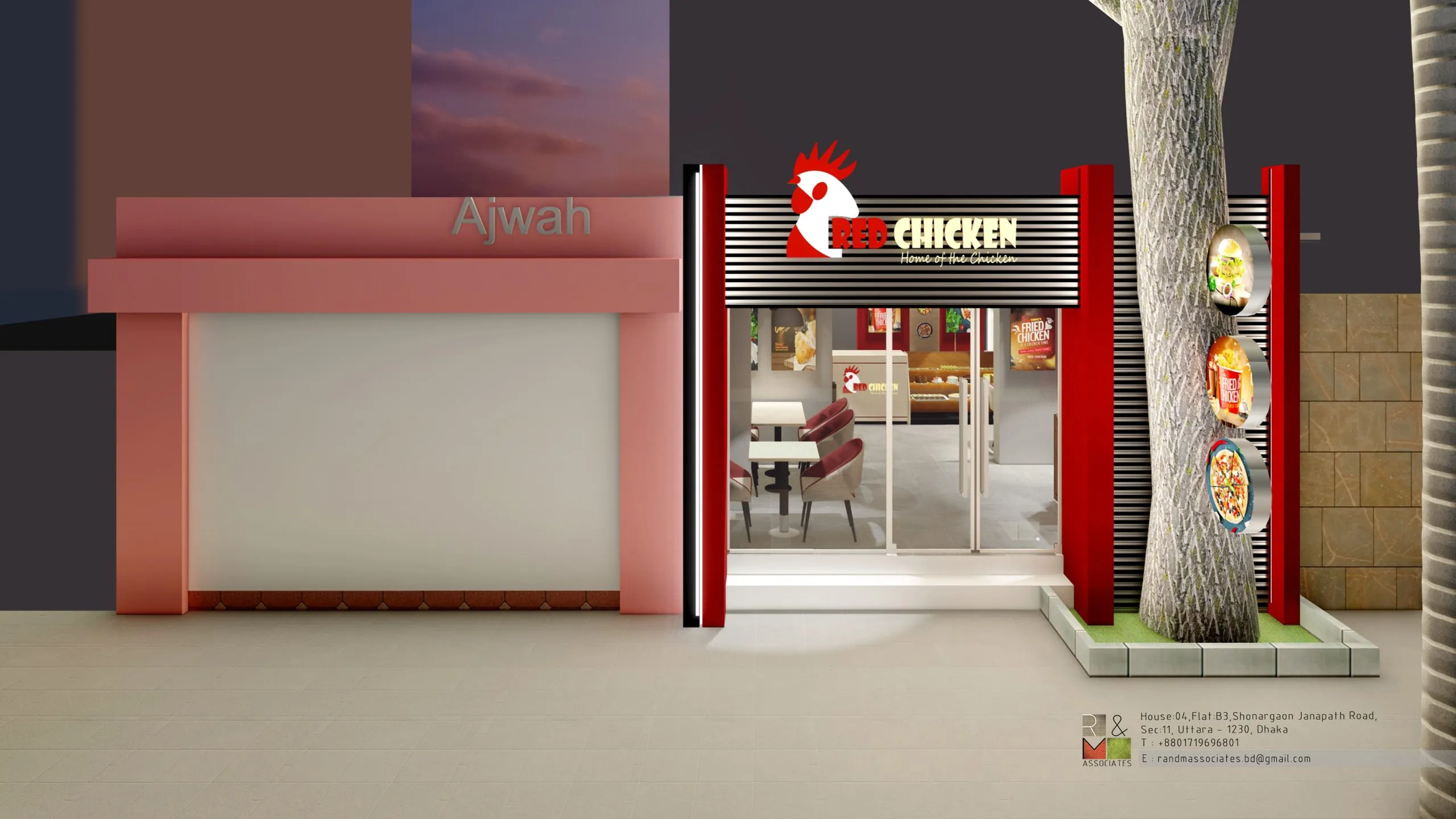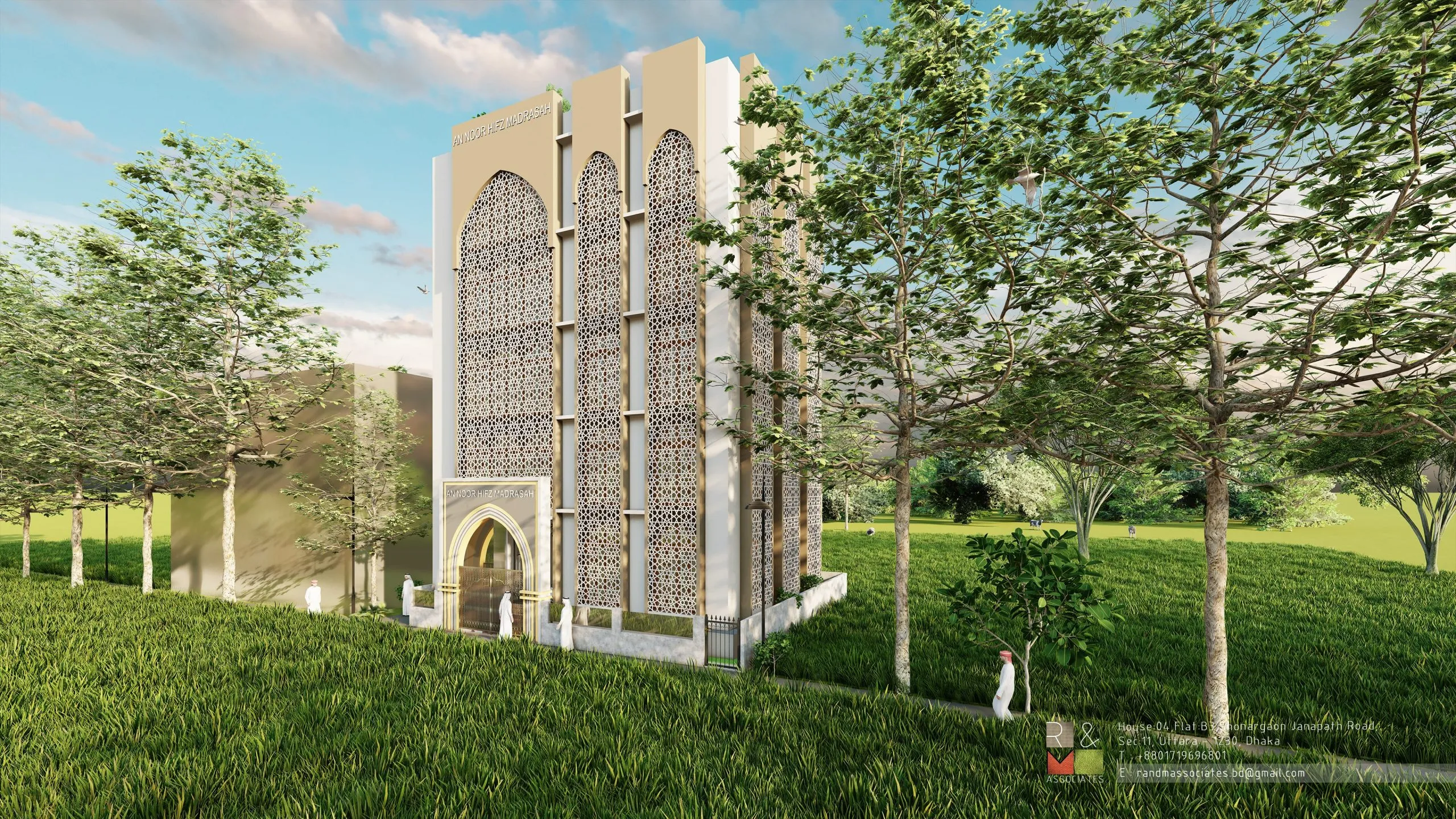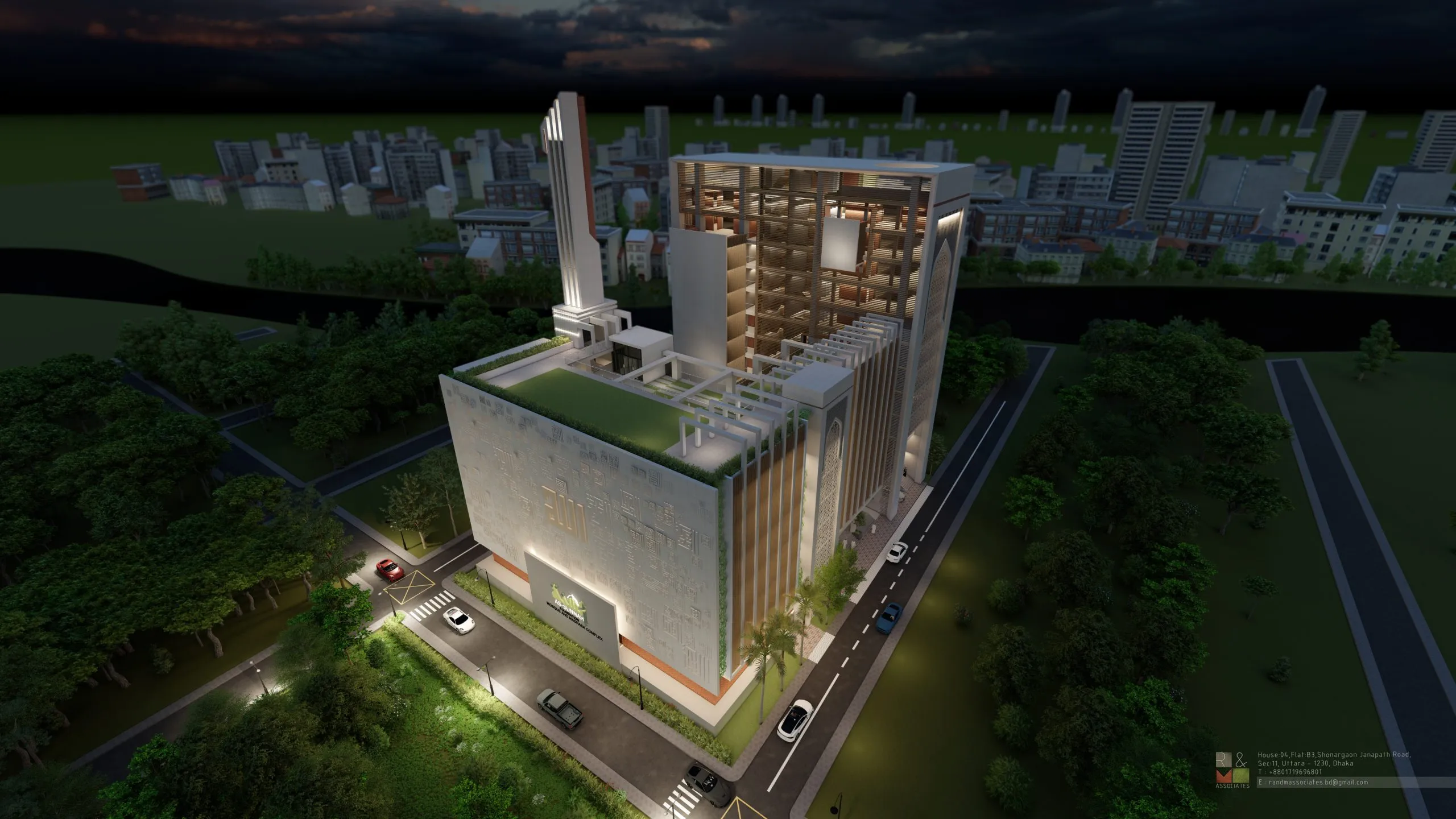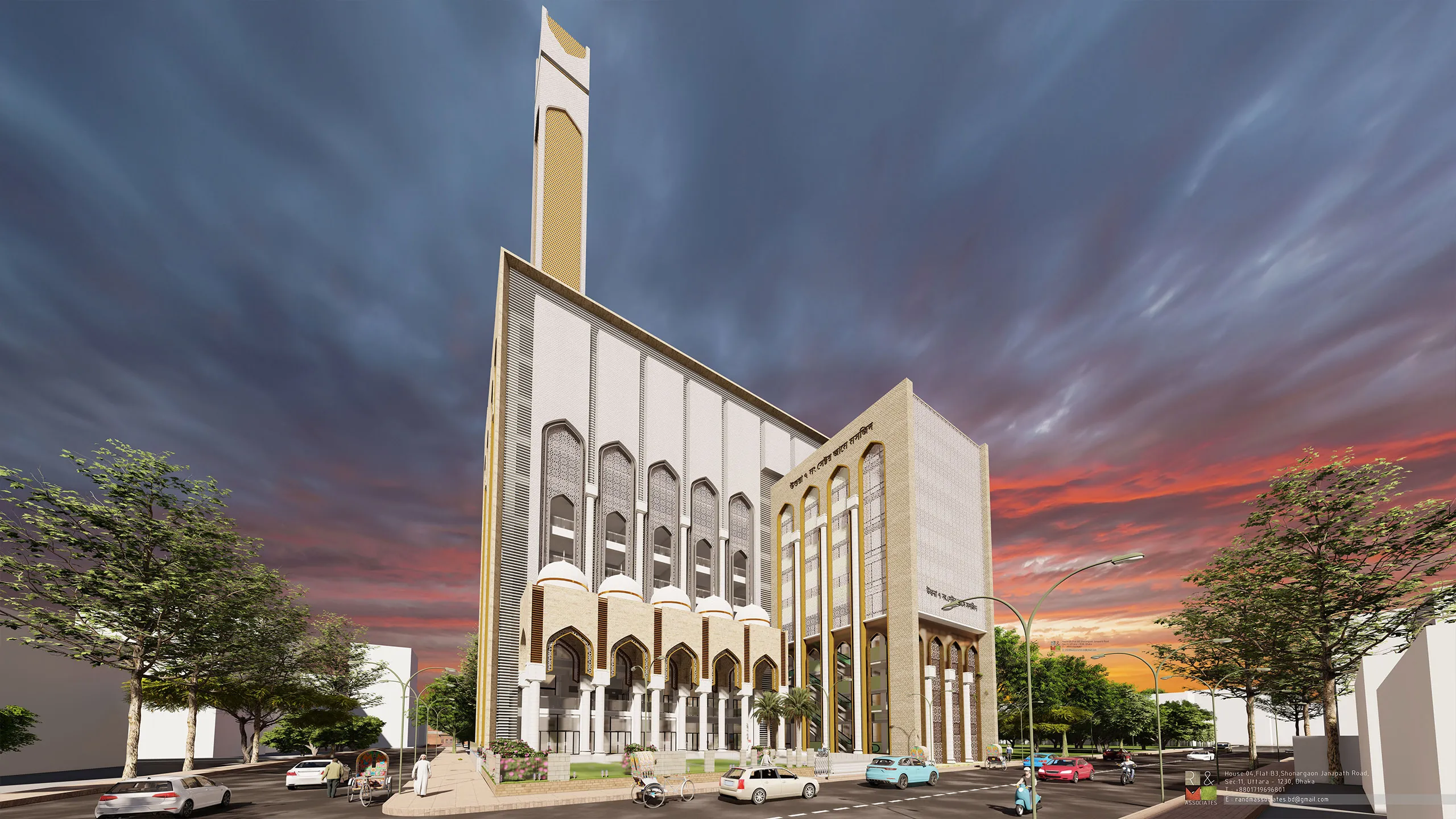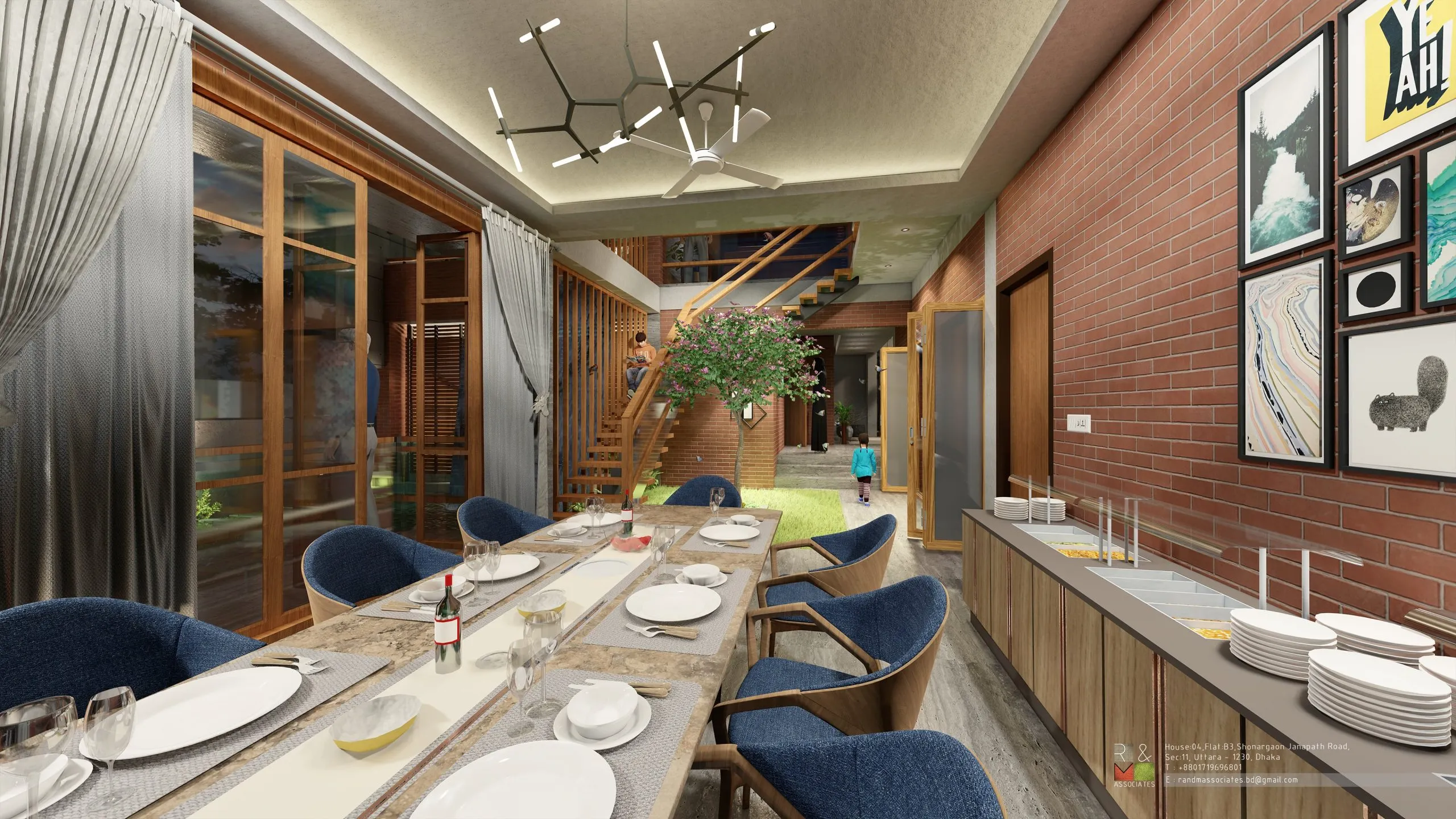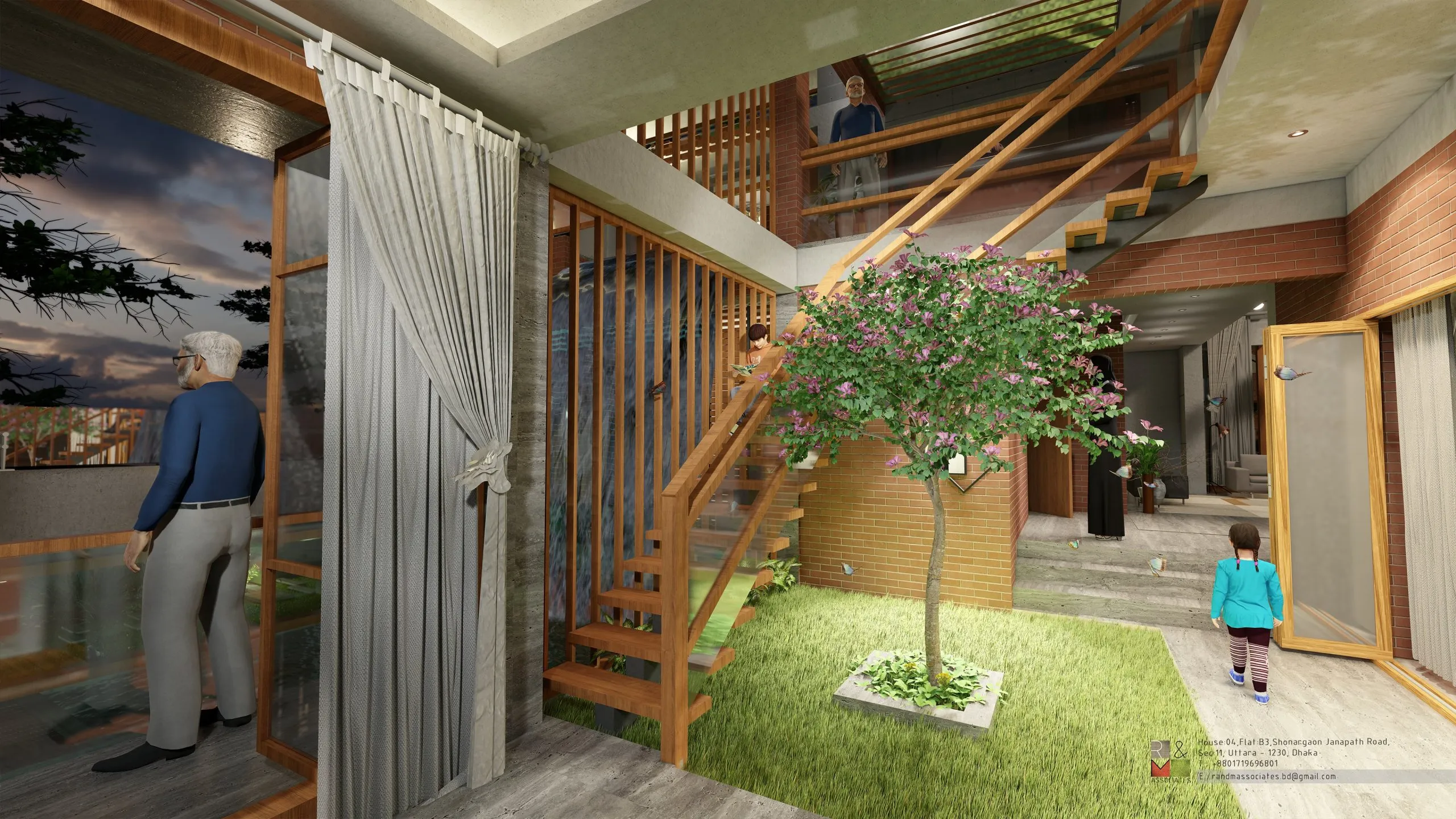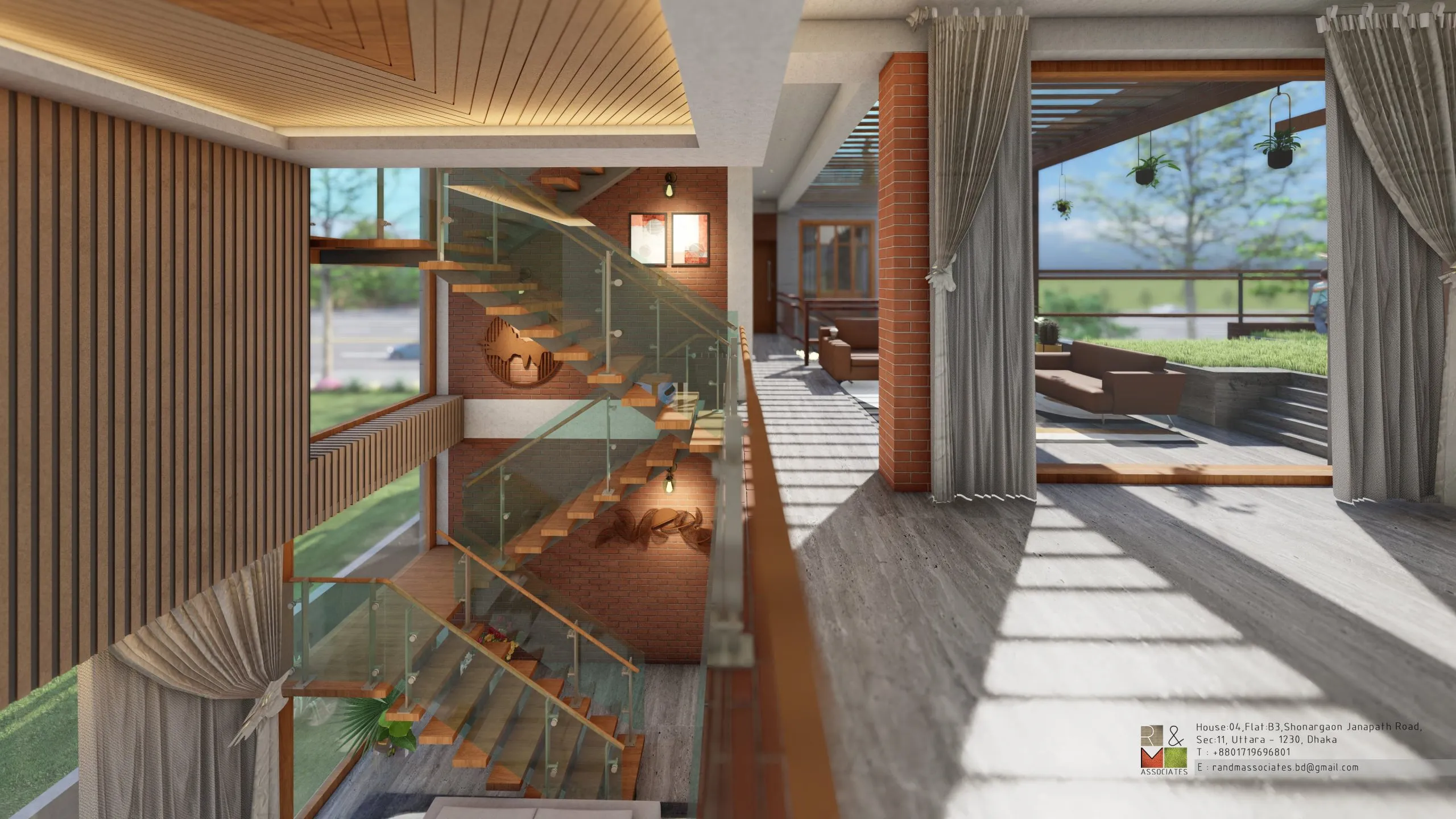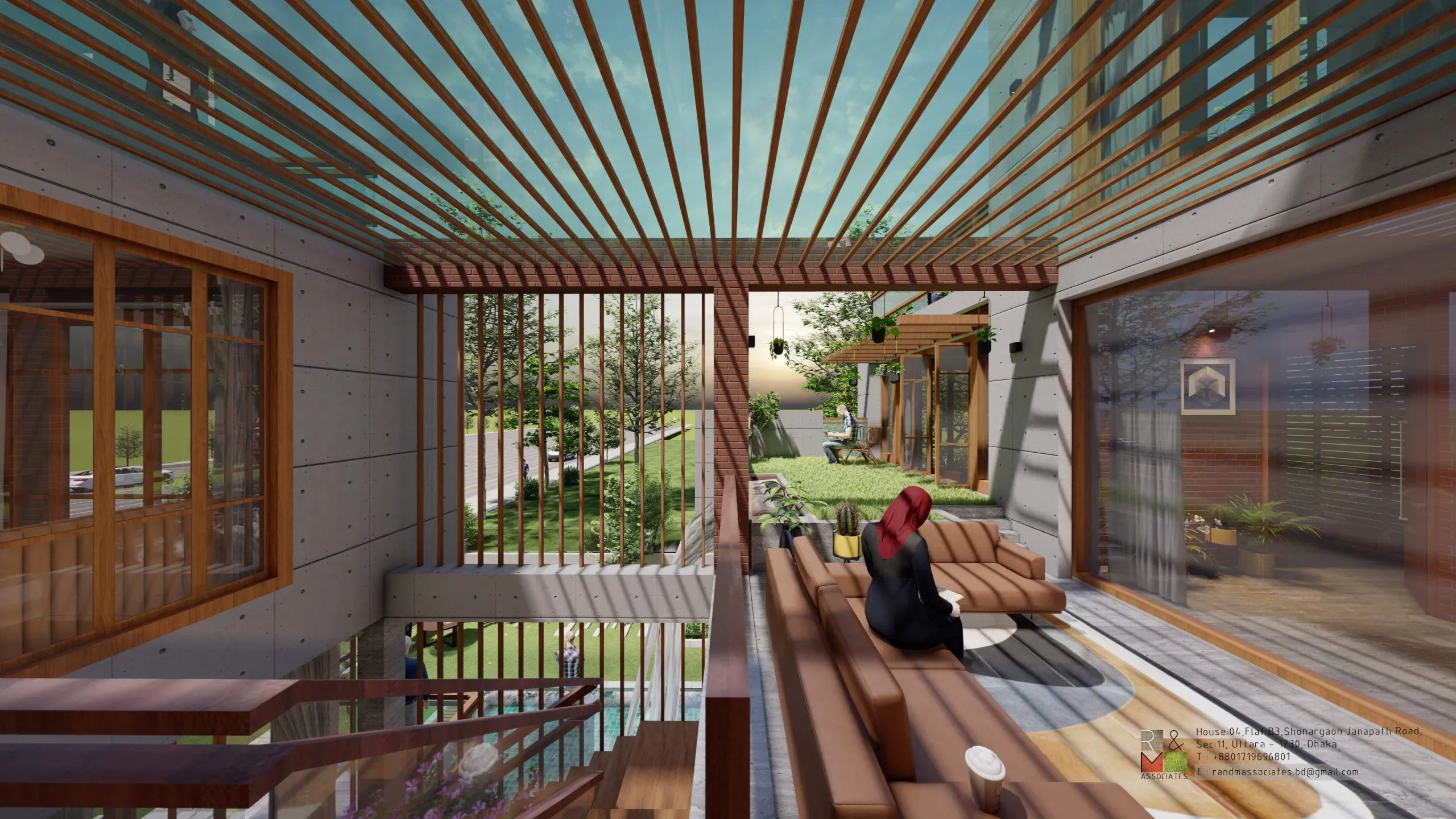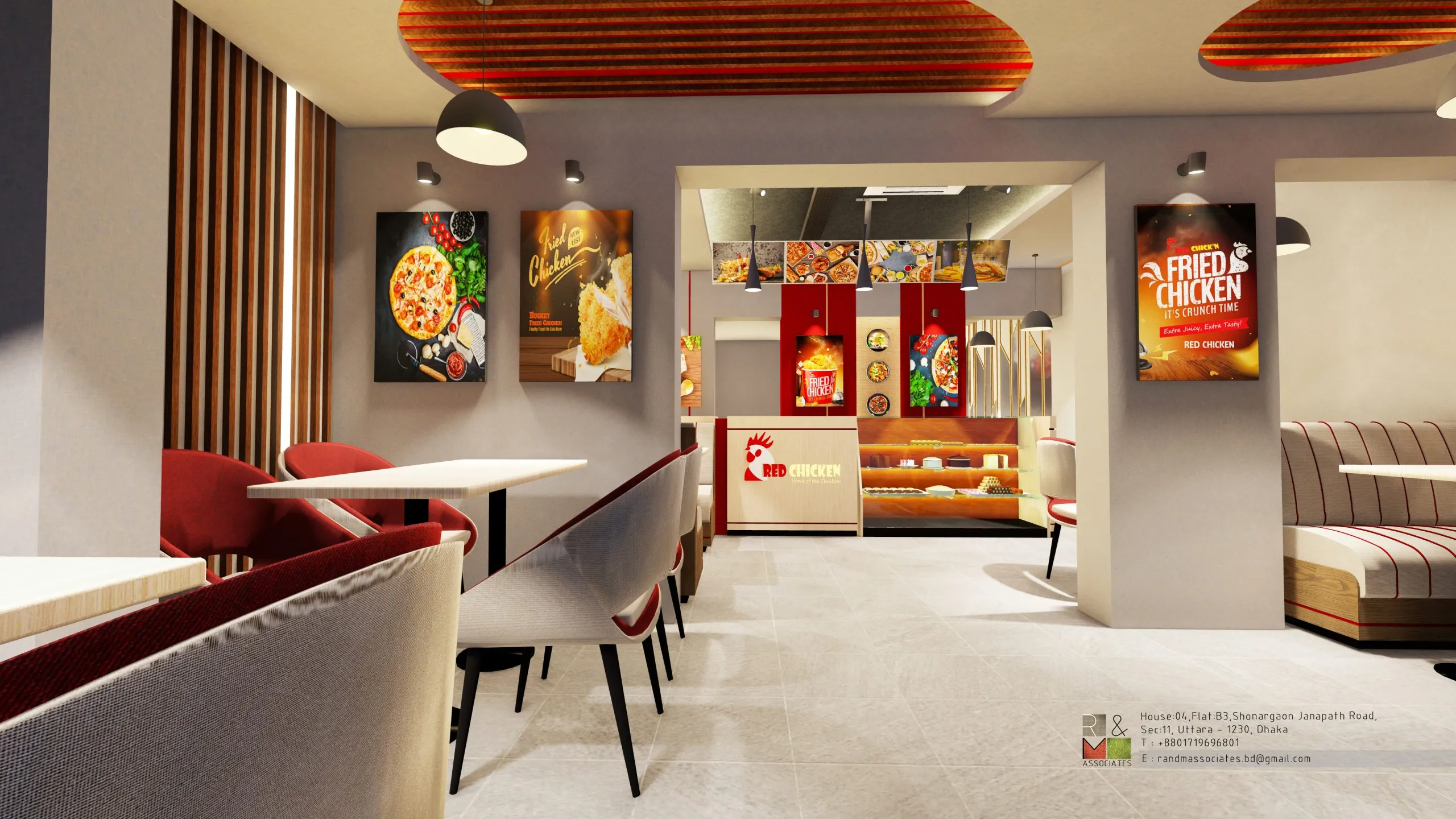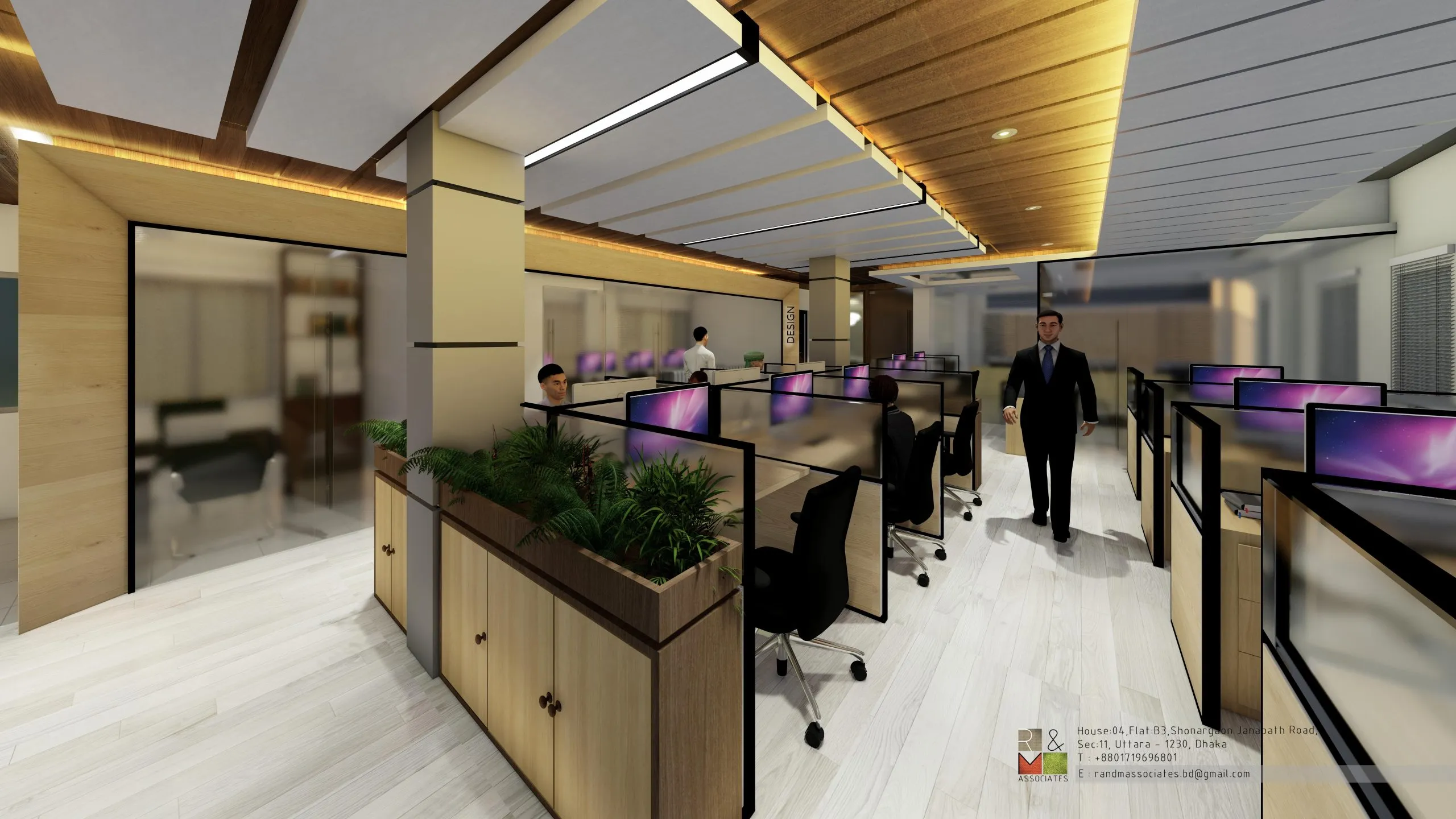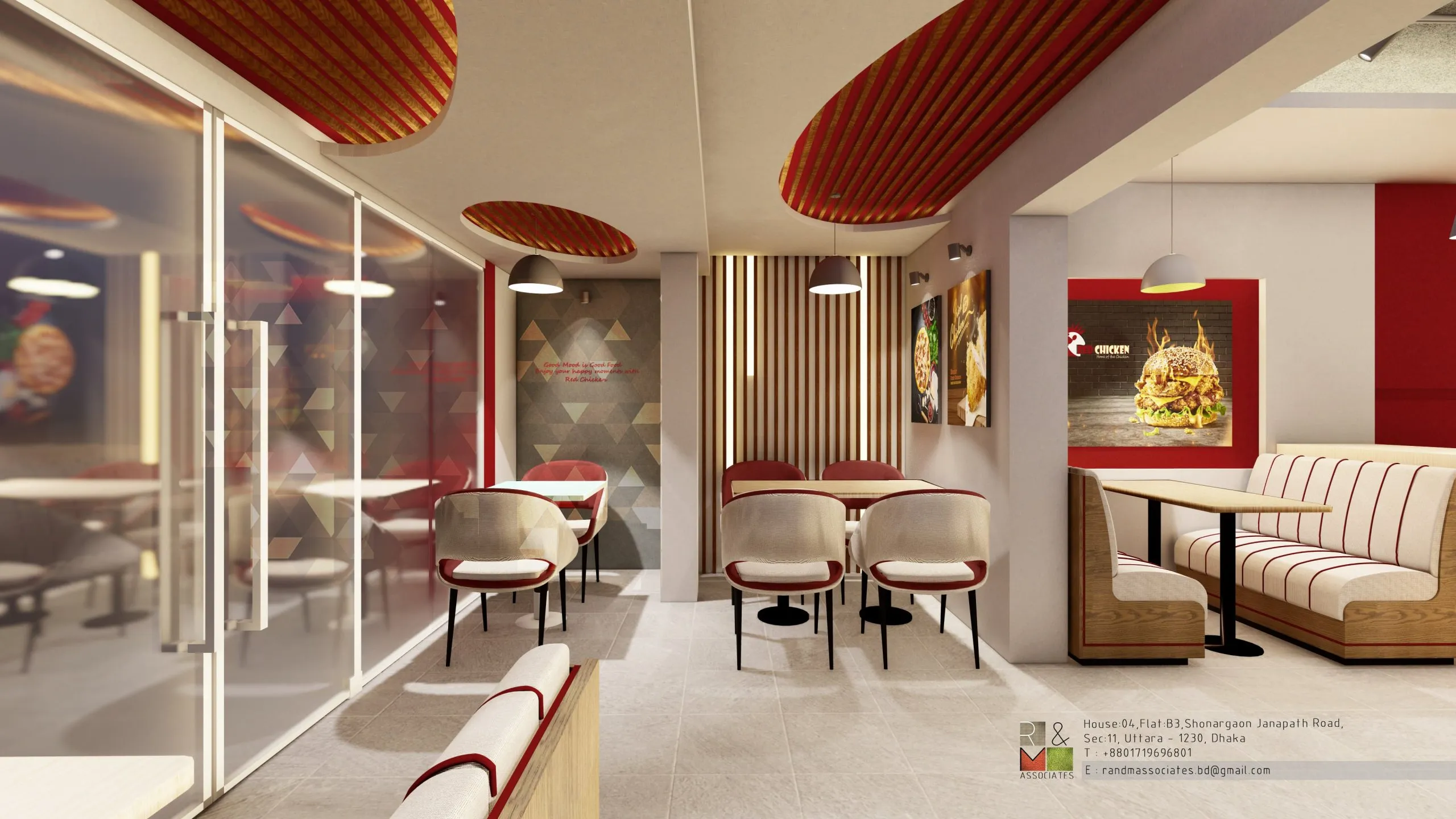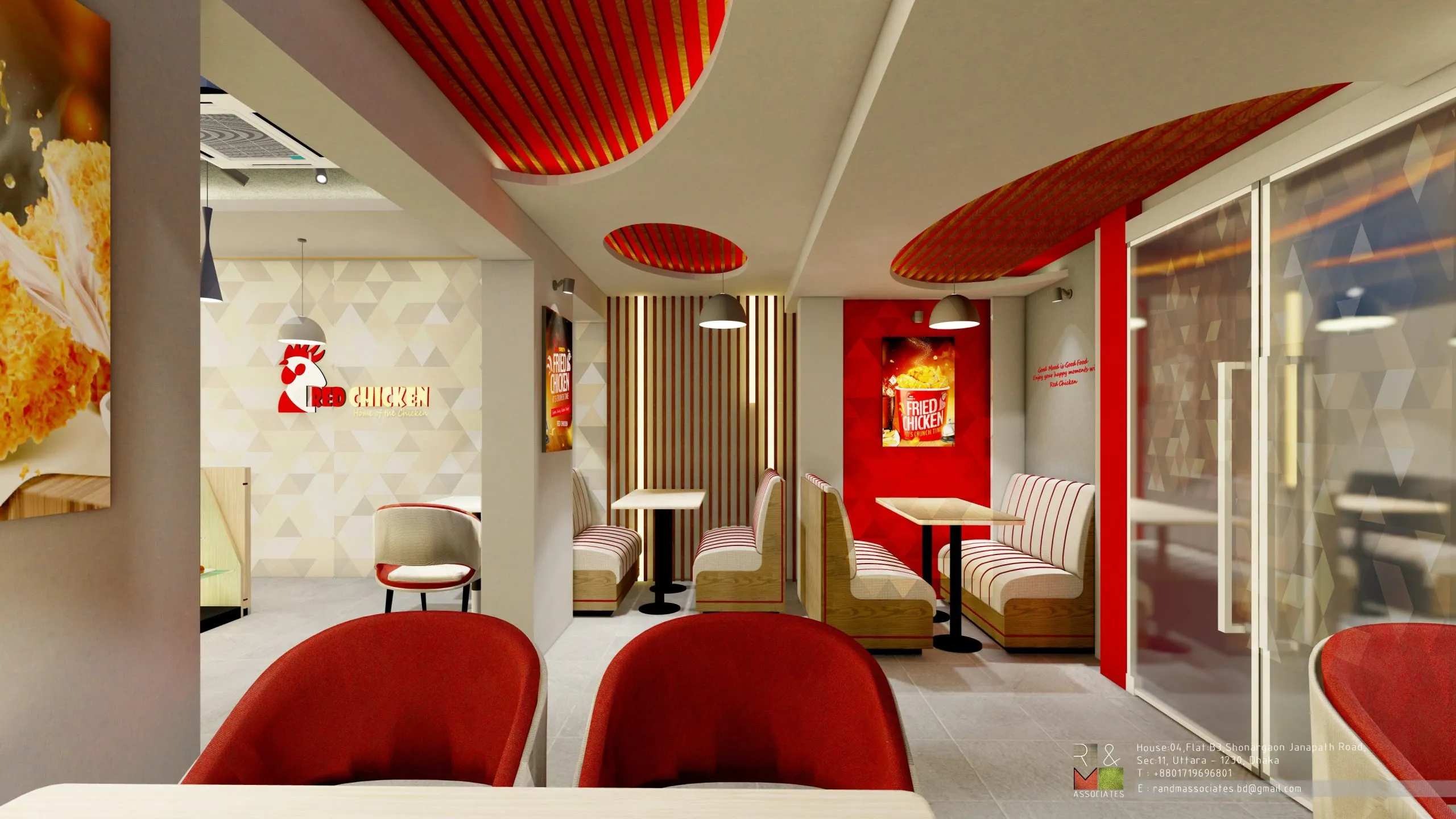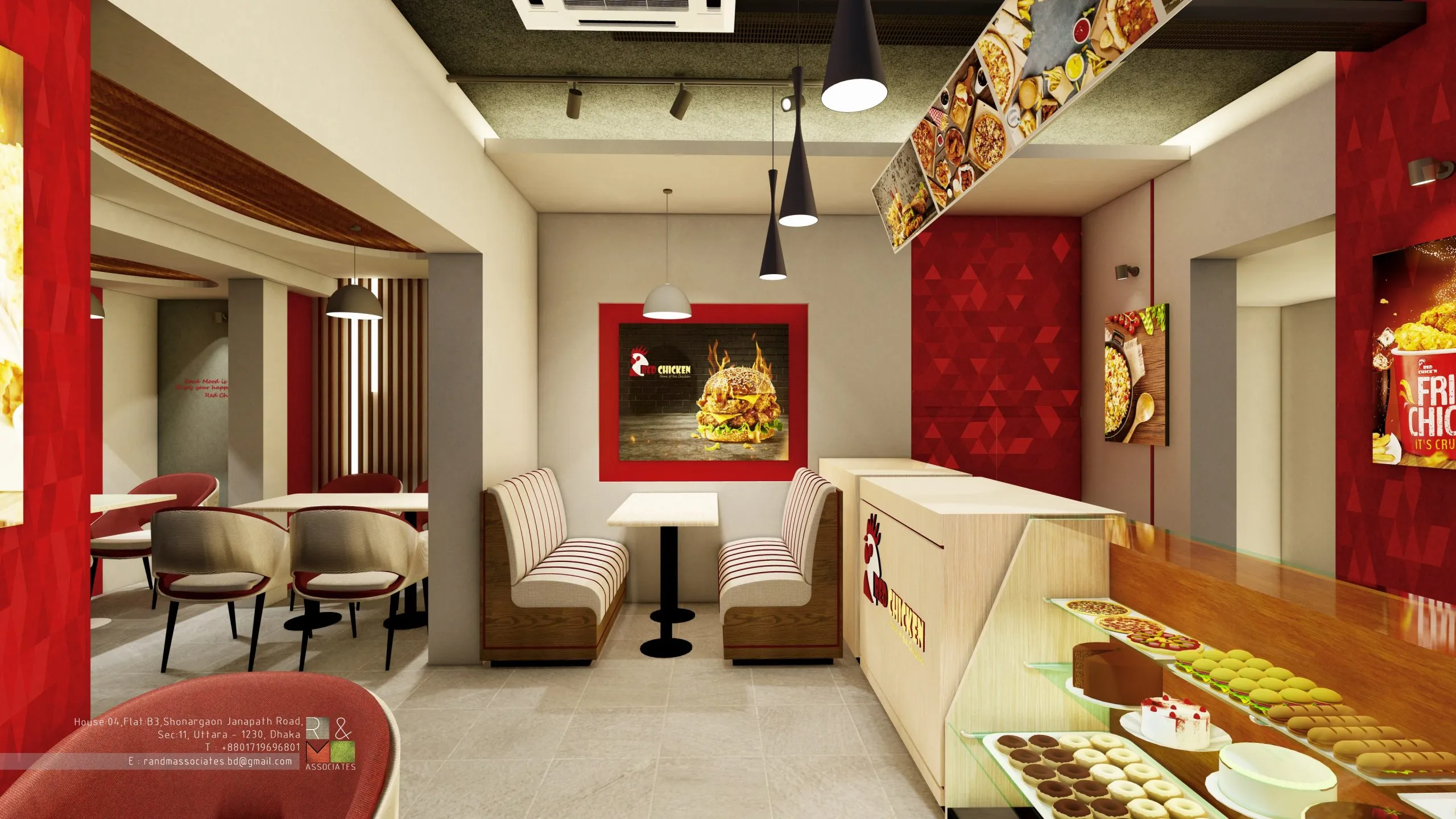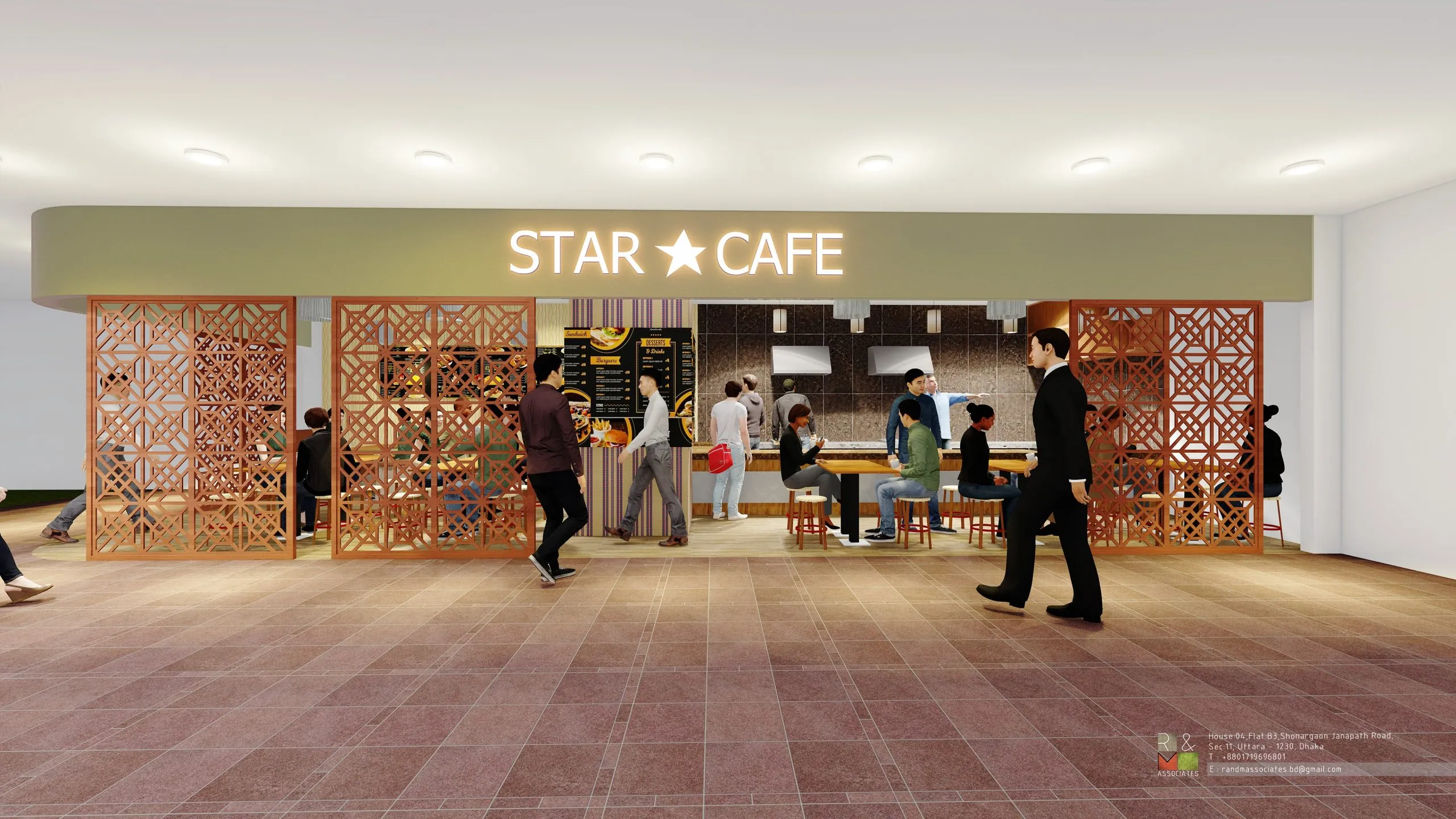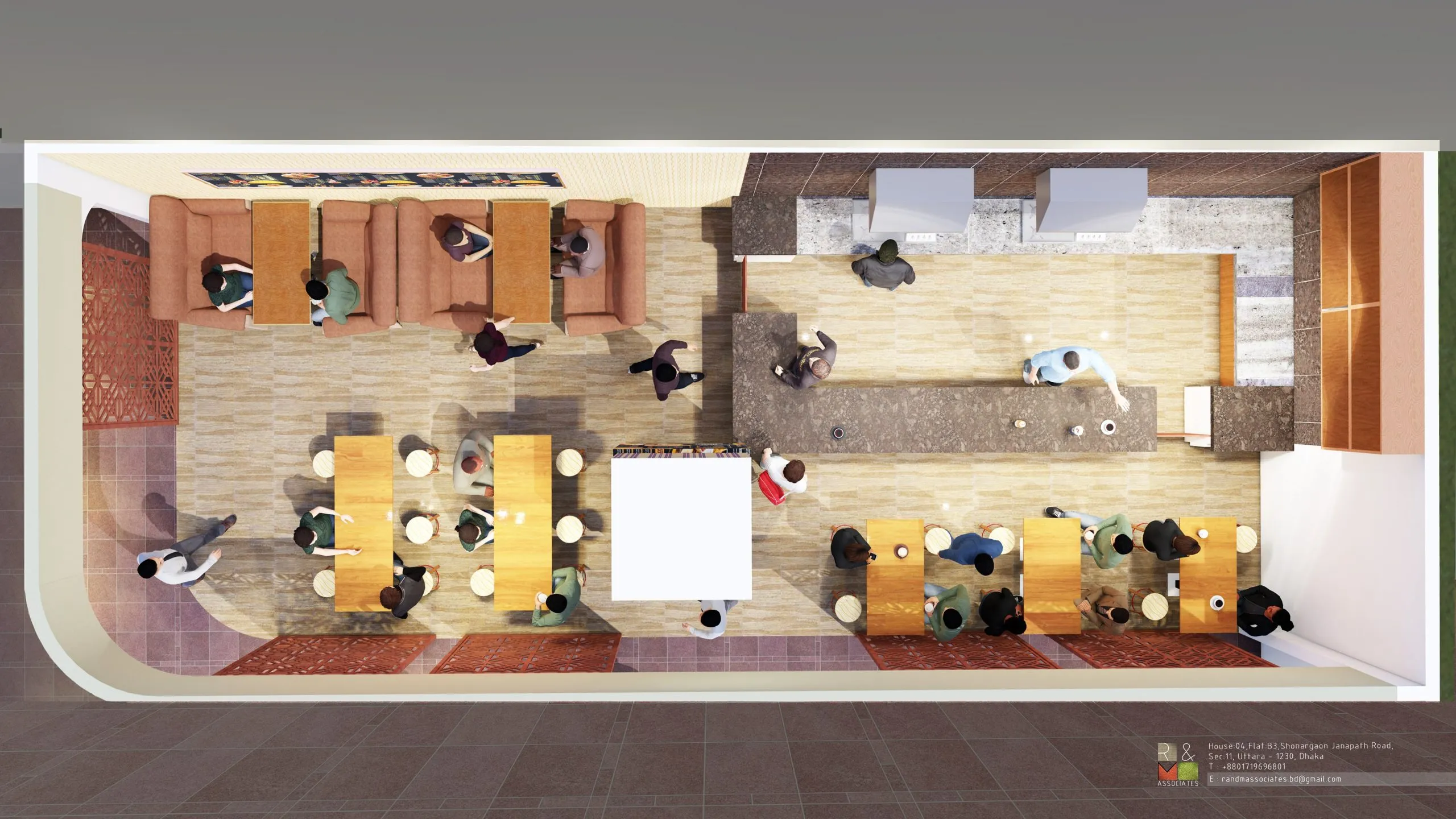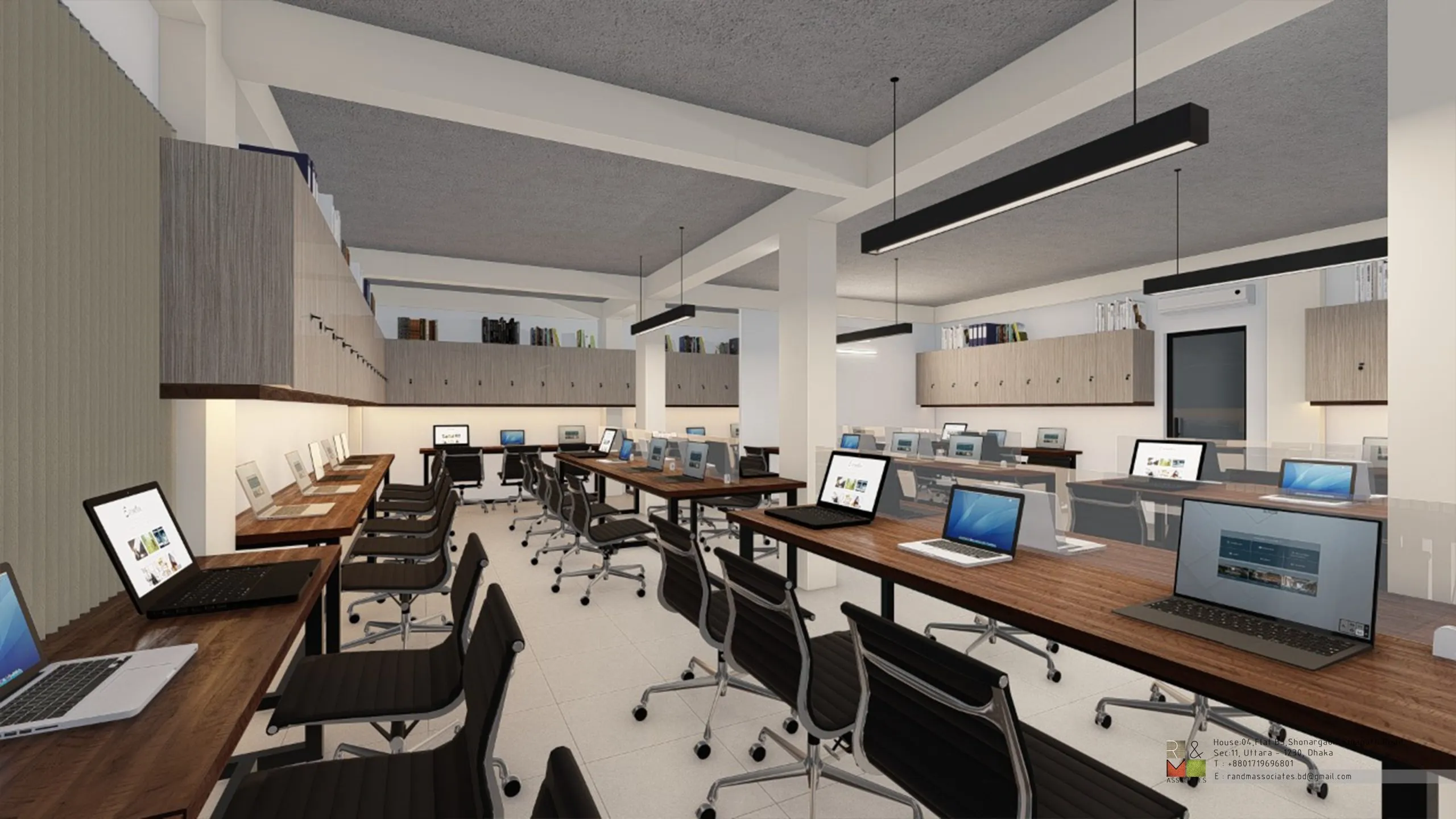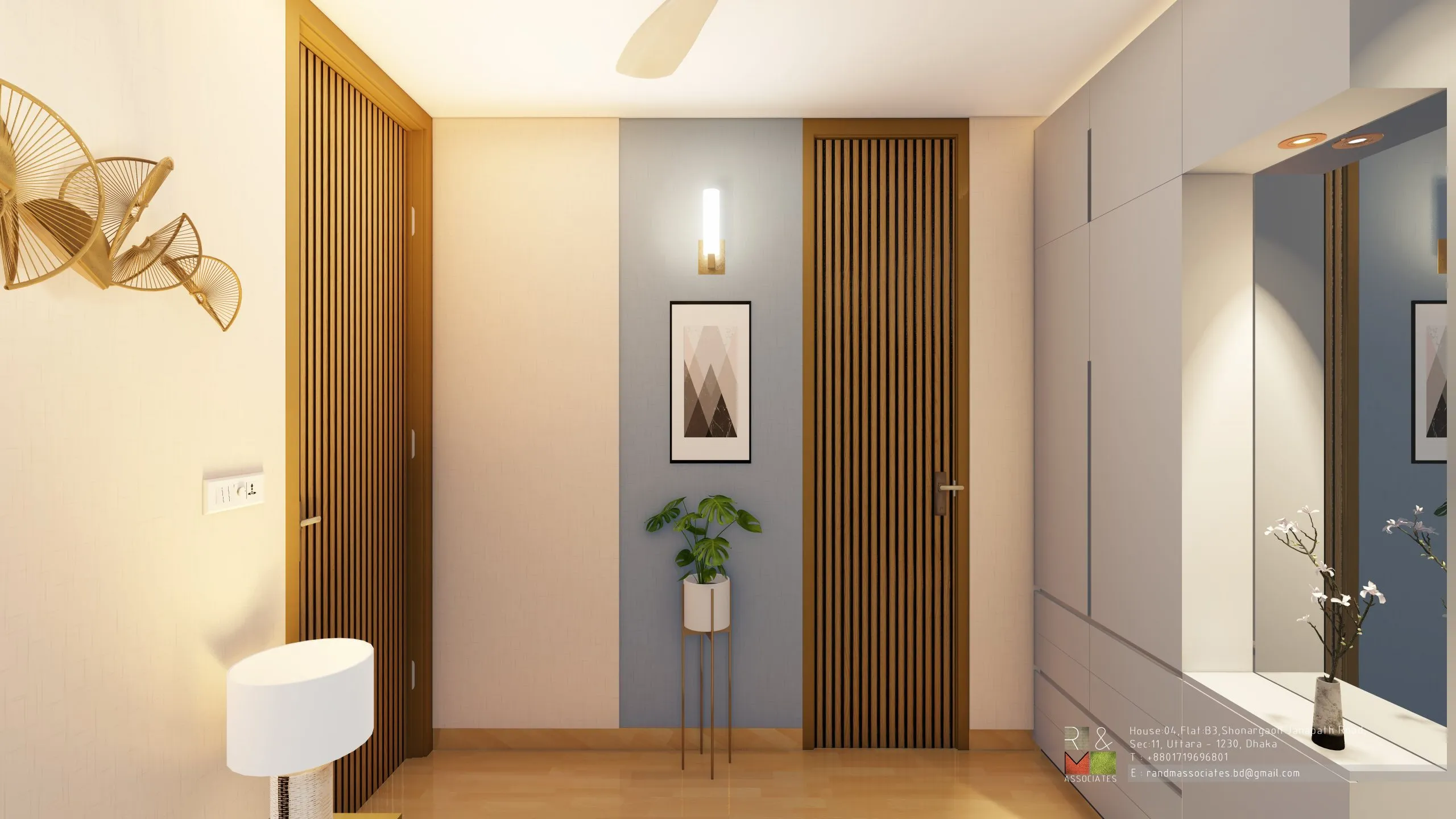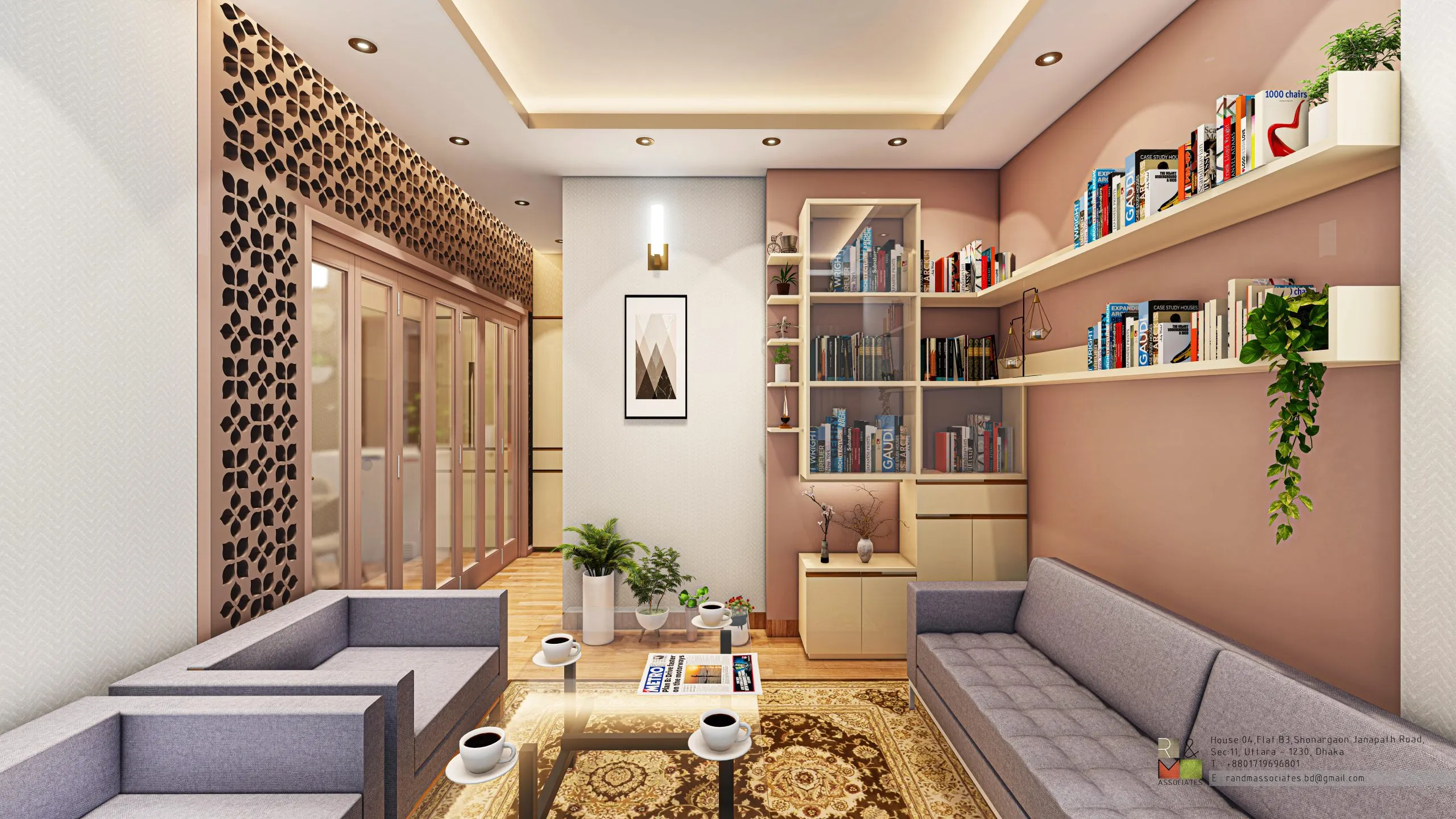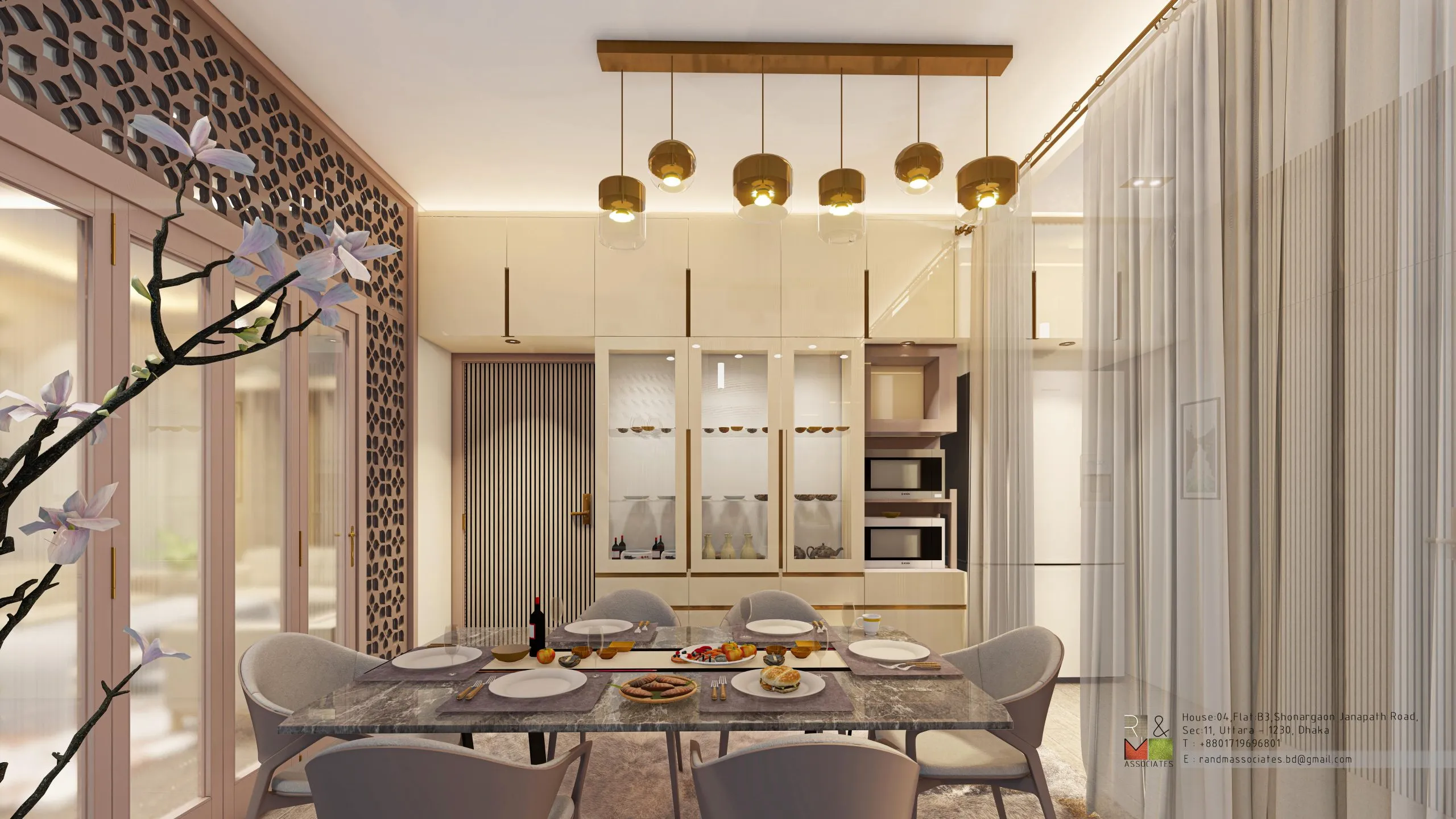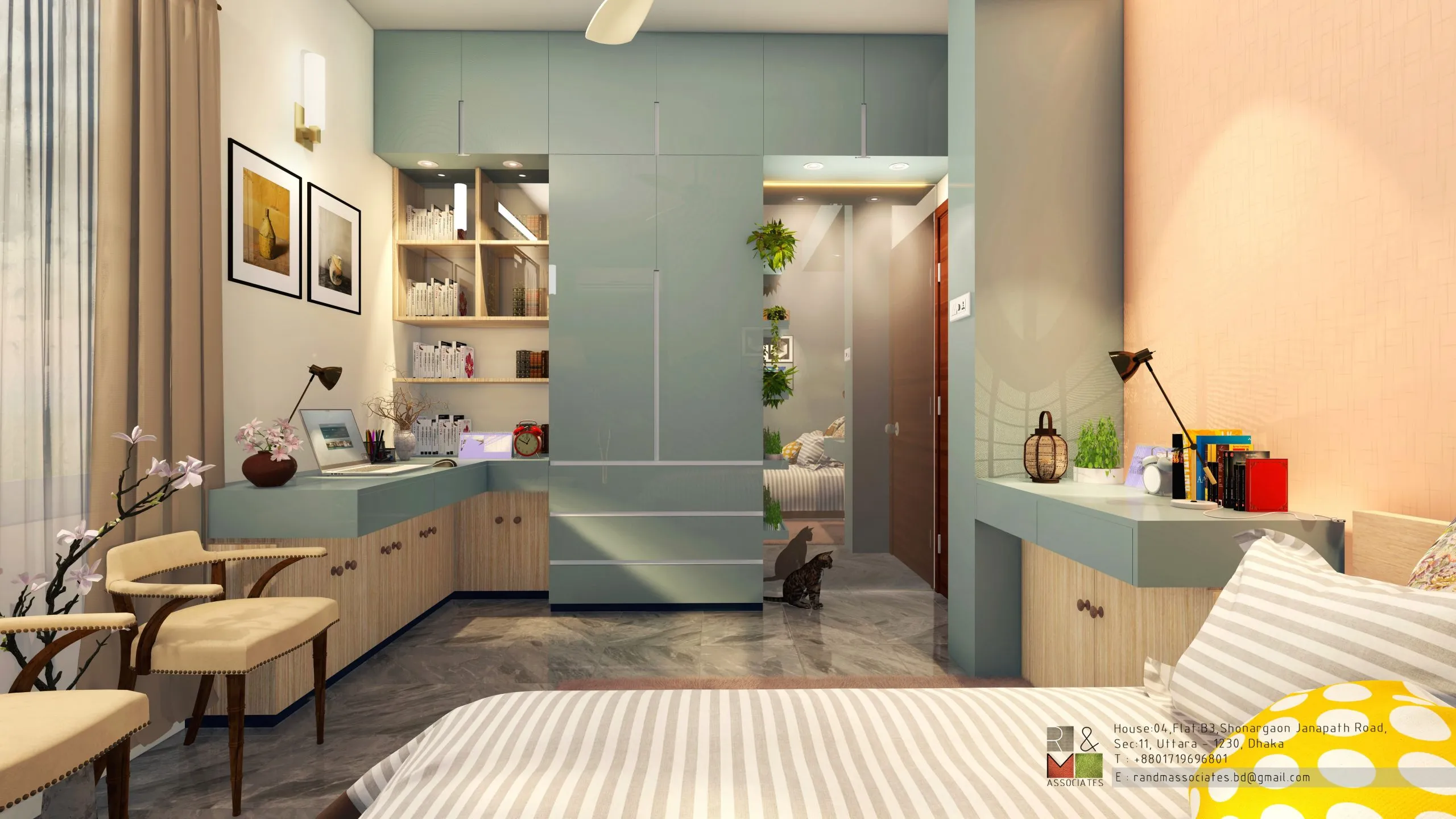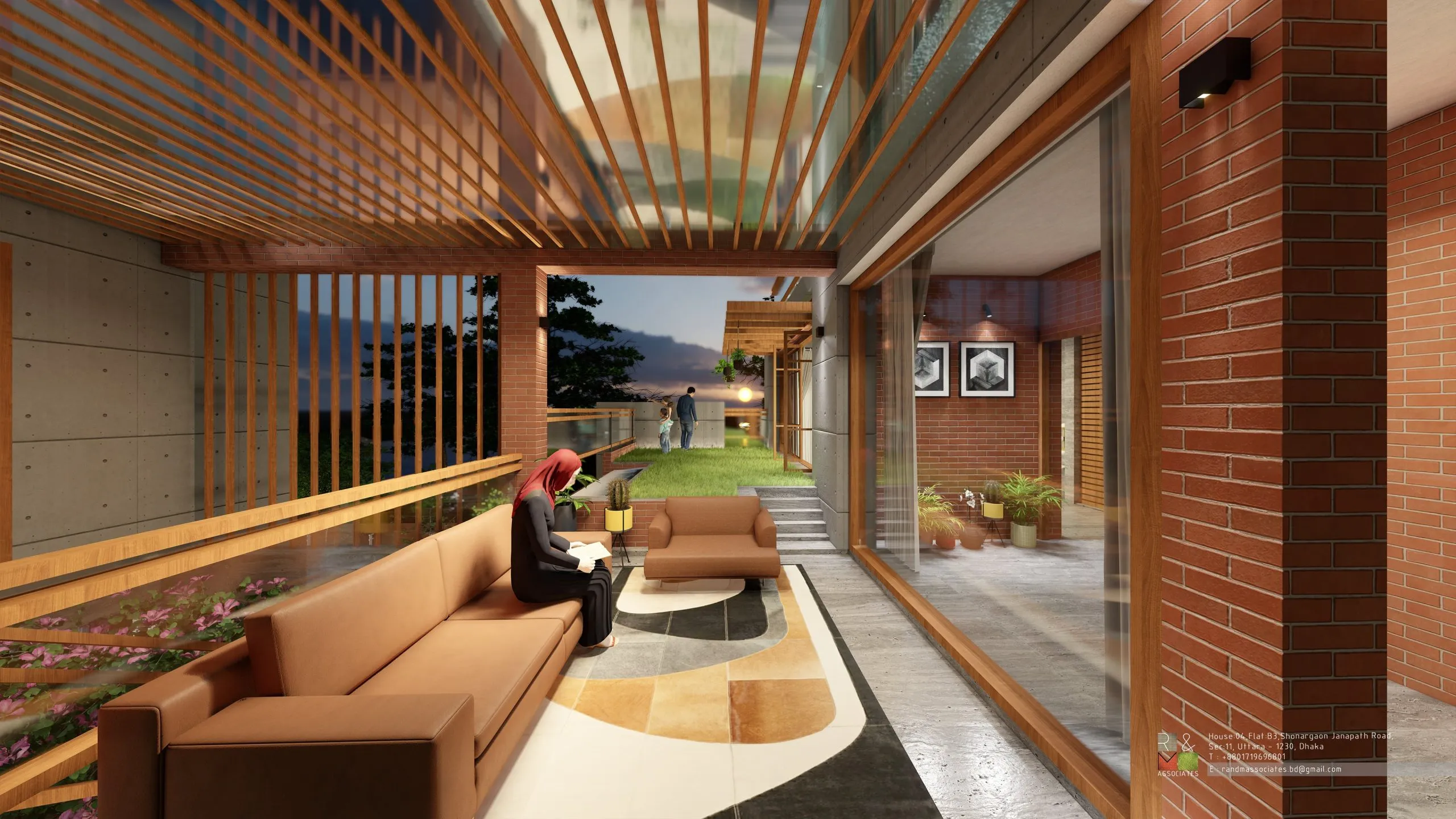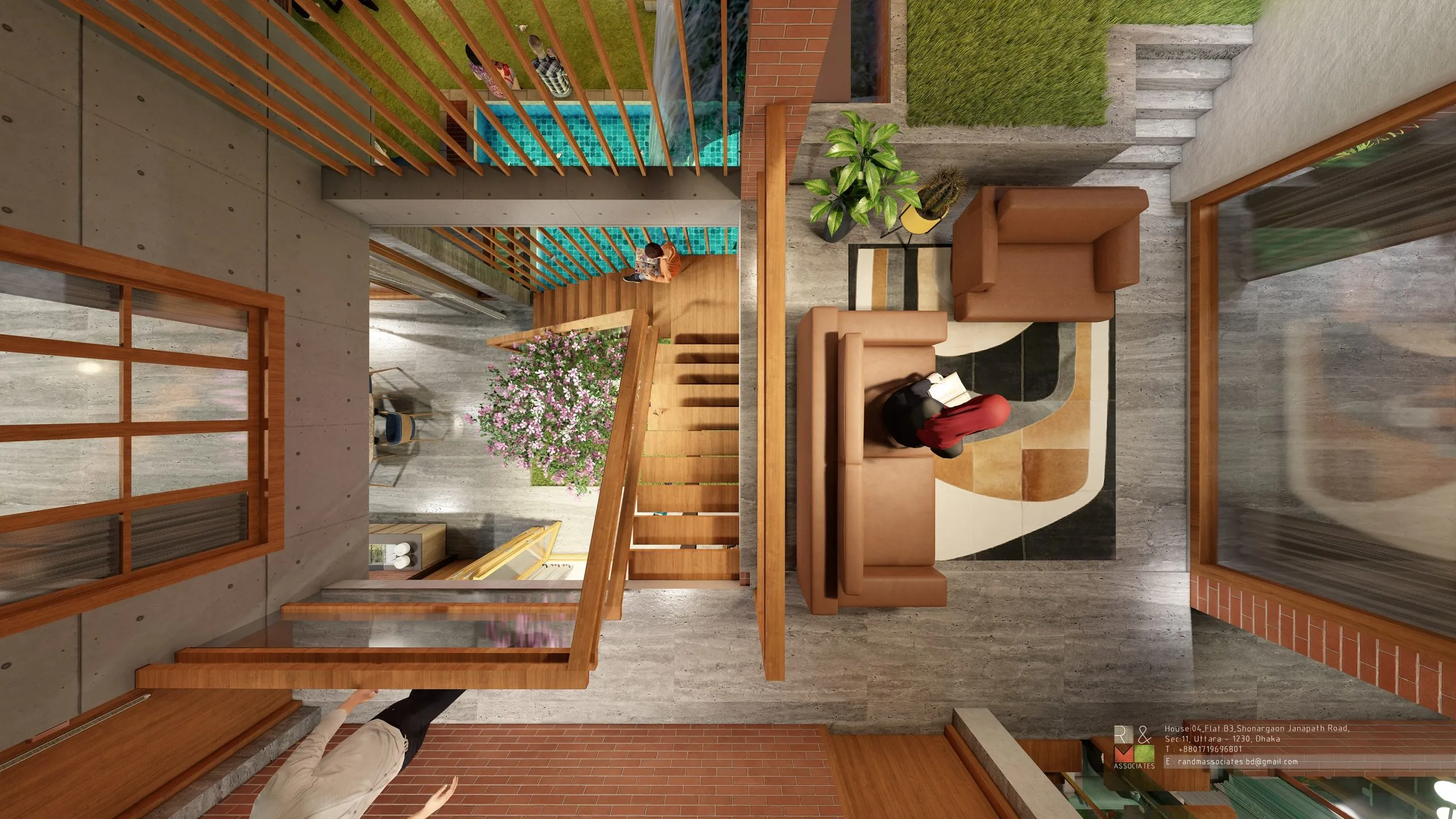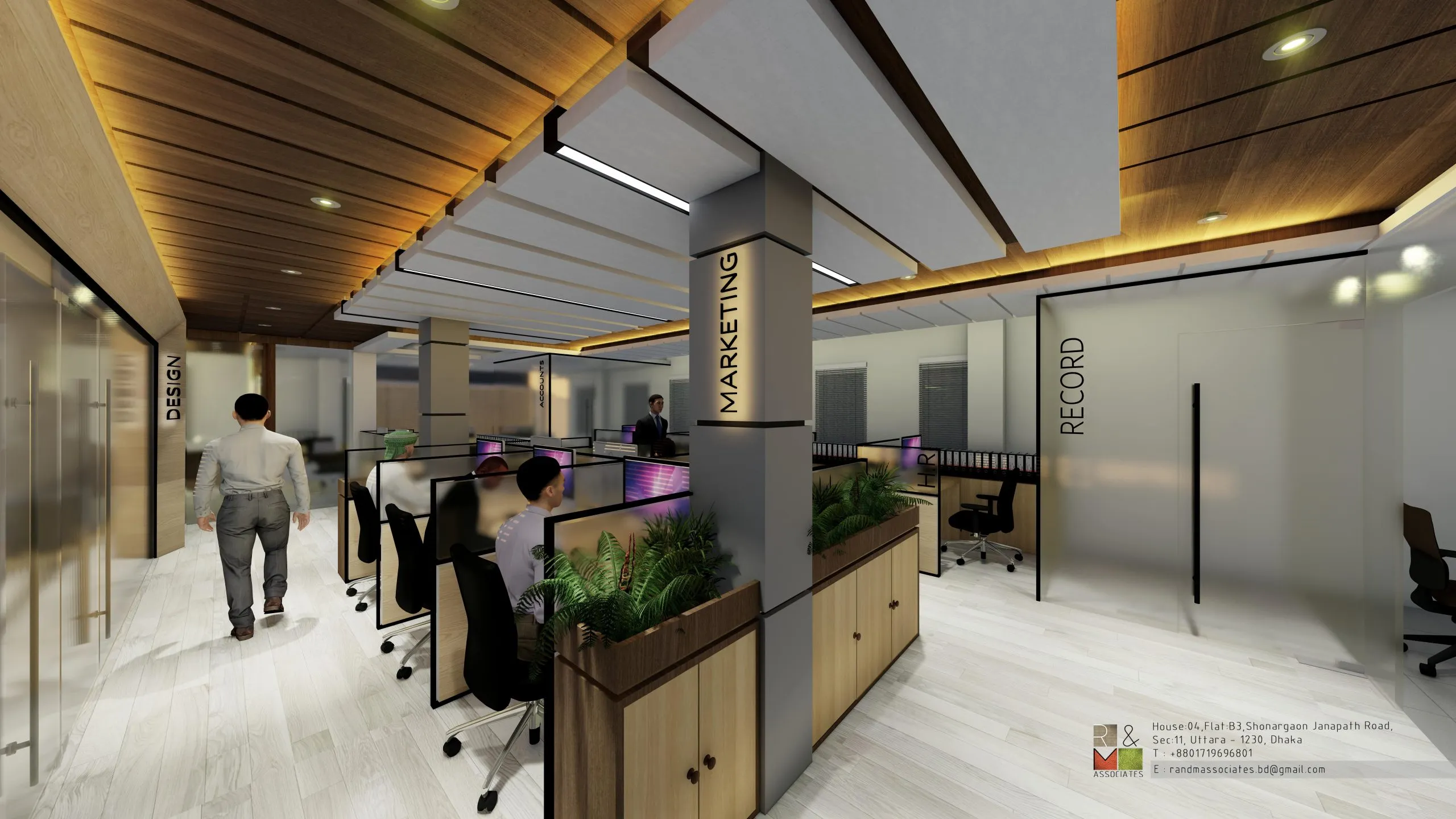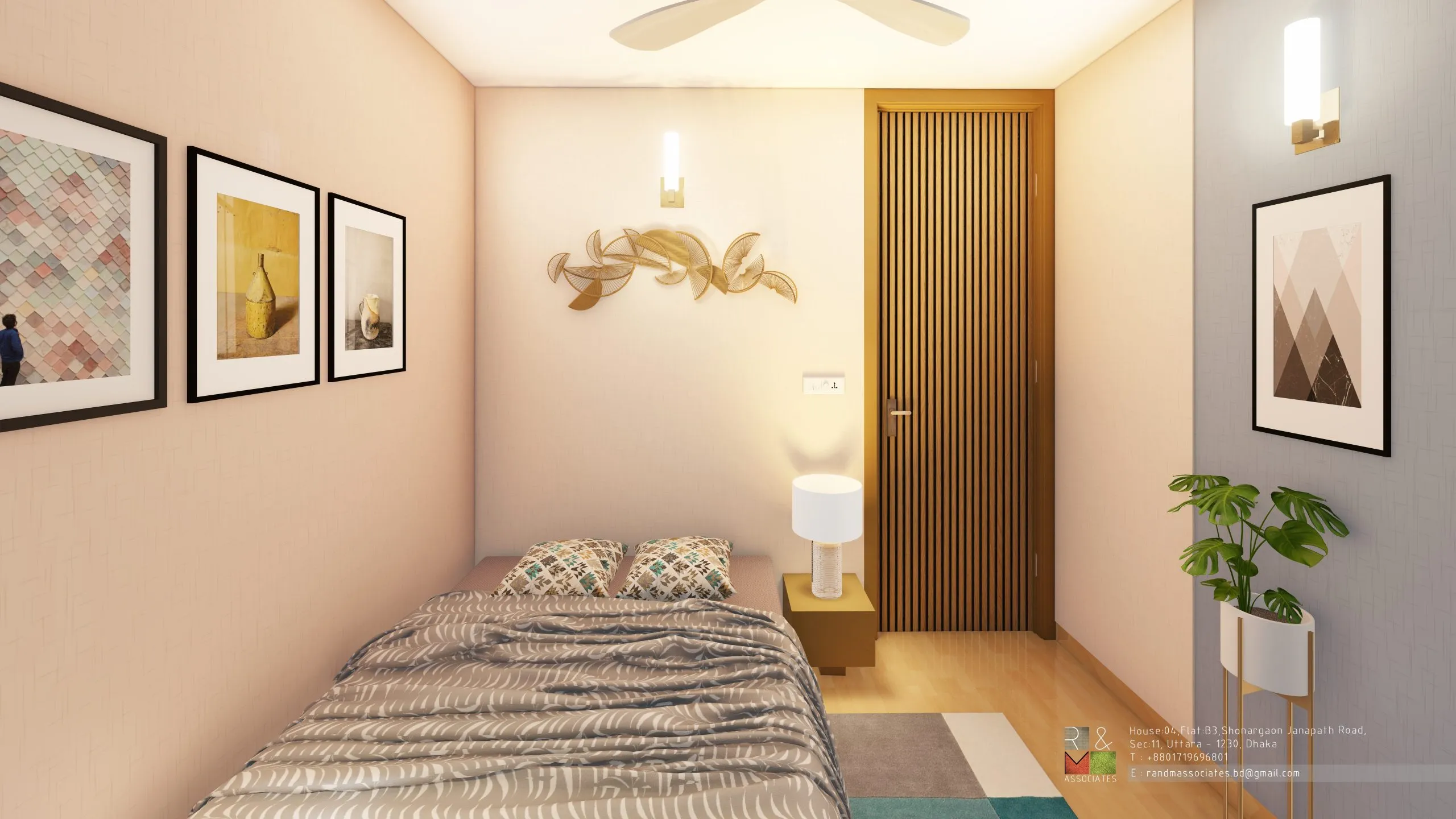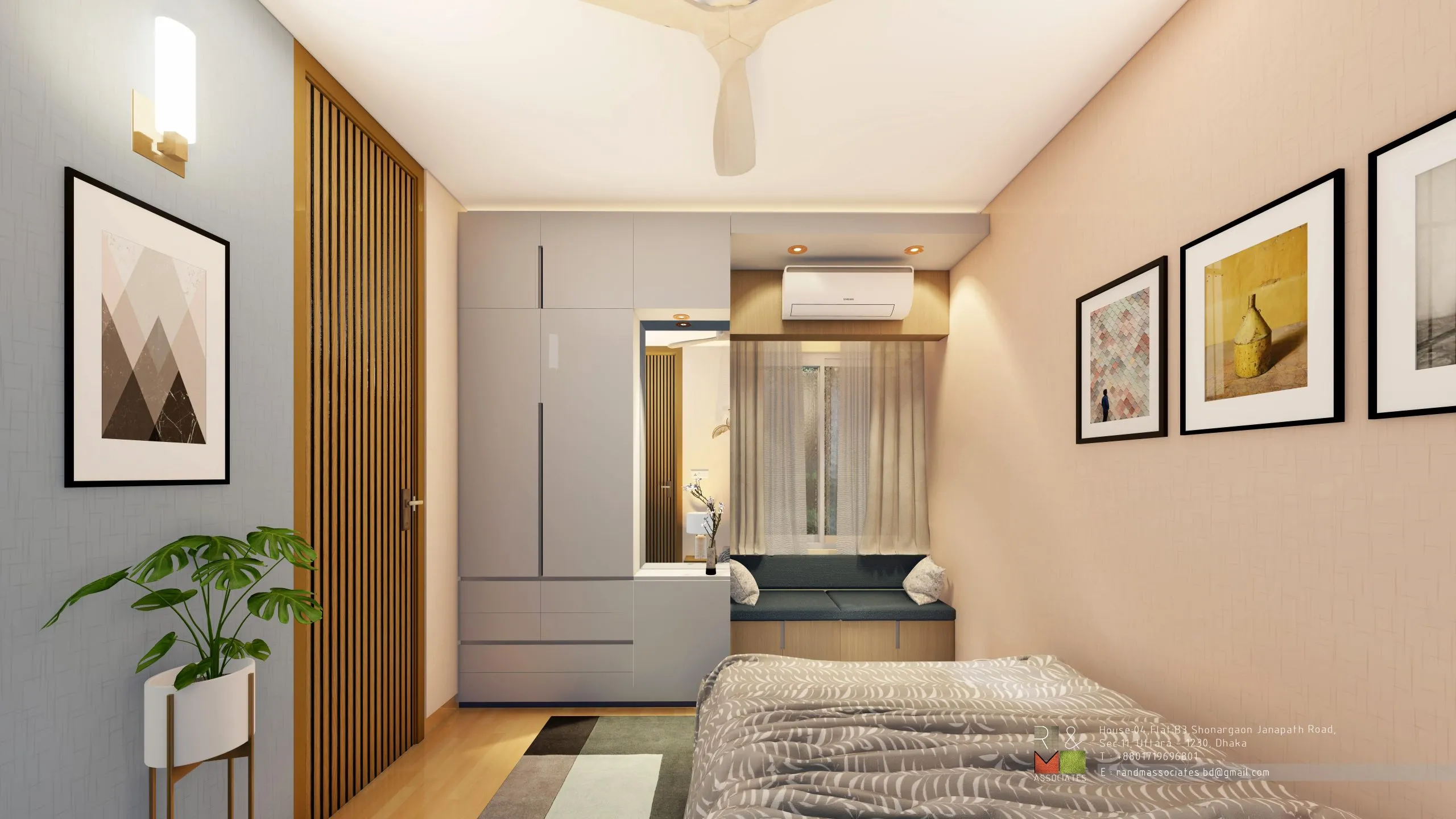Introduction
In recent years, sustainability has become a significant focus in many industries, including architecture. With growing concerns about climate change, resource depletion, and environmental degradation, modern architecture is evolving to meet the demands of a more sustainable future. Architects are now adopting innovative designs and materials to minimize their environmental footprint while creating functional, aesthetically pleasing spaces. This shift is reshaping the built environment and promoting a balance between development and nature.
Sustainable architecture is no longer a trend but a necessity in addressing the environmental challenges of our time. By embracing energy-efficient designs, utilizing renewable materials, and incorporating smart technologies, modern architecture plays a pivotal role in creating a more sustainable future. As this movement continues to evolve, it promises to shape the cities of tomorrow in ways that prioritize both human well-being and the health of our planet.

The Rise of Green Building
Green building practices focus on reducing energy consumption, minimizing waste, and using sustainable materials. These methods are becoming more prevalent in modern architecture, with certifications like LEED (Leadership in Energy and Environmental Design) setting the standard for sustainable construction. Energy-efficient buildings, low-carbon materials, and water-saving technologies are a few examples of how architects are integrating sustainability into their designs.
Some strategies include:
- Energy-efficient systems: Implementing solar panels, energy-efficient windows, and HVAC systems helps reduce energy consumption.
- Natural lighting: Maximizing natural light through large windows and strategic placement reduces the need for artificial lighting.
- Renewable materials: Using recycled or sustainably sourced materials minimizes the impact on natural resources.

Passive Design Strategies
Passive design focuses on harnessing natural elements like sunlight, wind, and thermal mass to regulate building temperatures without relying heavily on mechanical systems. This approach reduces energy demand while maintaining comfortable living or working conditions. Architects incorporate features such as:
- Natural ventilation: Designing buildings to take advantage of natural airflow reduces the need for air conditioning.
- Insulation: Using high-performance insulation helps maintain a stable indoor climate, cutting down on energy usage for heating or cooling.
- Solar orientation: Positioning buildings to capture sunlight during colder months and provide shade during warmer ones reduces the reliance on artificial heating and cooling systems.
Biophilic design emphasizes the connection between people and nature. Incorporating natural elements such as plants, water features, and natural light into buildings improves occupant well-being while enhancing the building’s sustainability. Green roofs, vertical gardens, and indoor plants not only add aesthetic value but also help improve air quality, reduce noise pollution, and regulate indoor temperatures.

Challenges and Future Prospects
While sustainable architecture is gaining momentum, challenges remain. High upfront costs for green technologies, limited availability of eco-friendly materials, and regulatory hurdles can slow down progress. However, as technology advances and public awareness grows, these barriers are gradually being overcome.
Looking to the future, we can expect further integration of renewable energy, smart city planning, and sustainable building techniques. Architects will continue to push the boundaries of what is possible, designing buildings that are not only environmentally responsible but also enhance the quality of life for their inhabitants.


